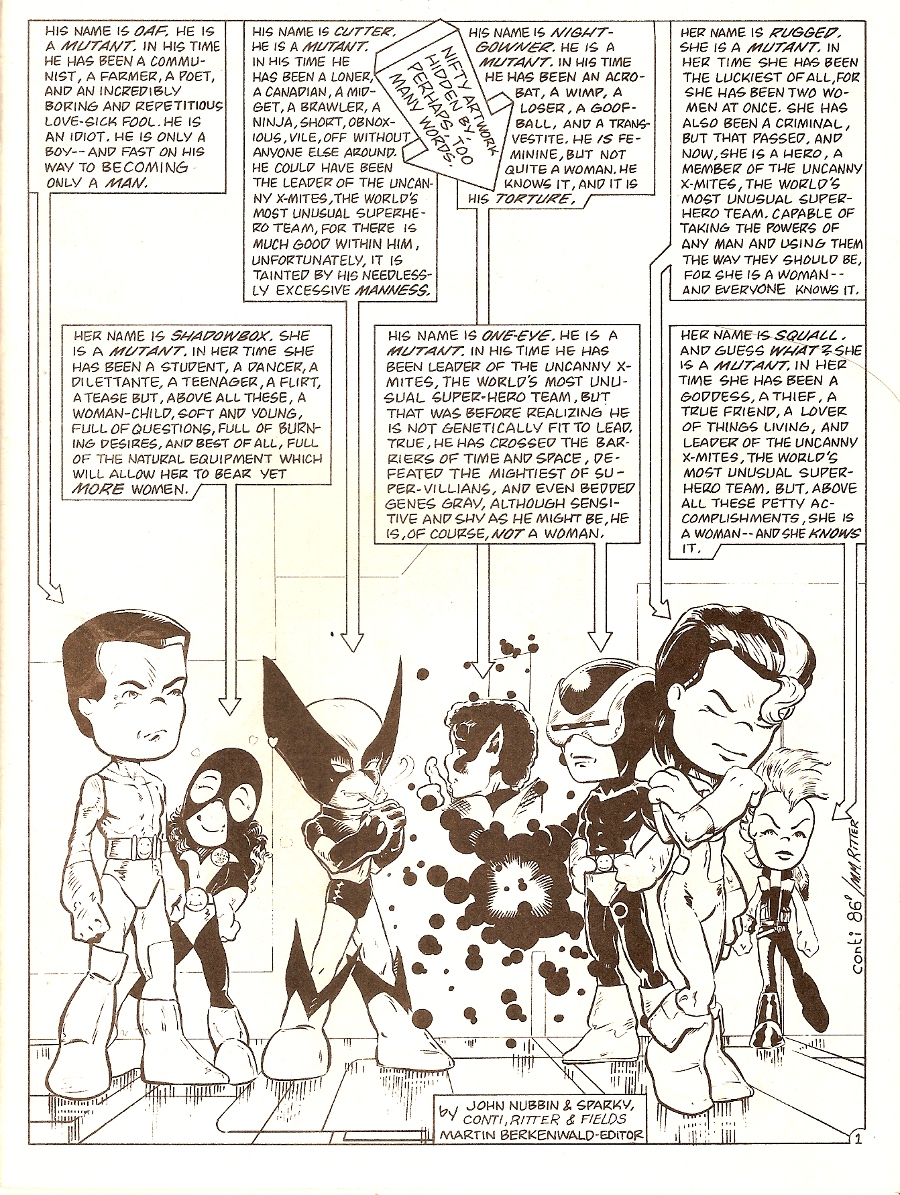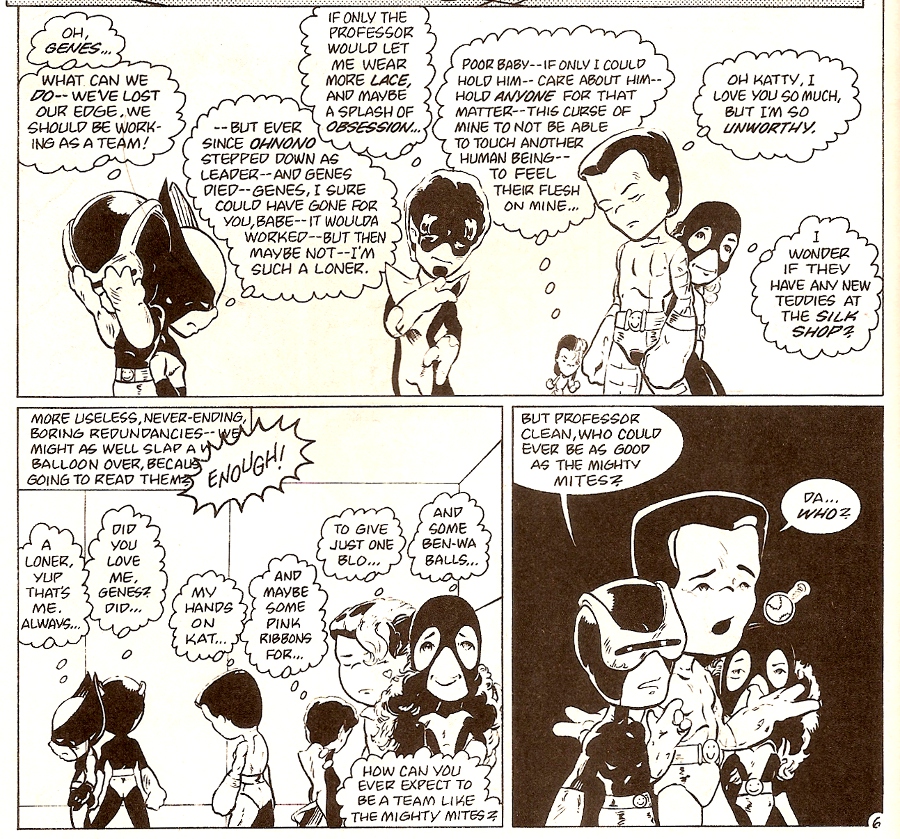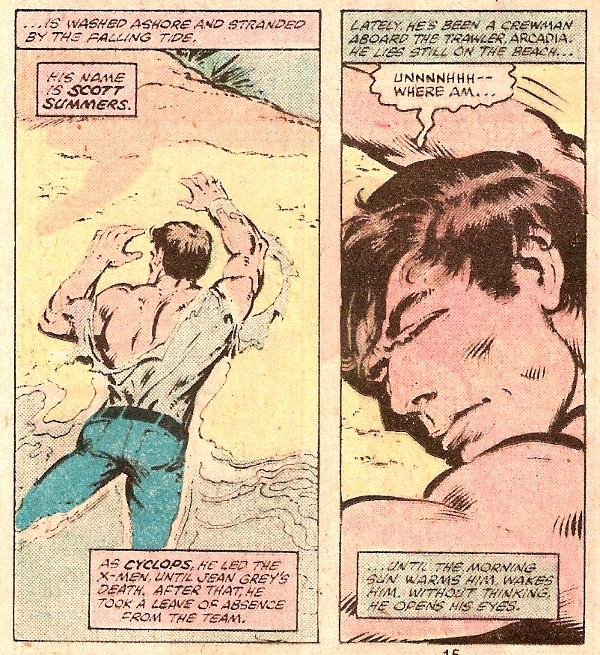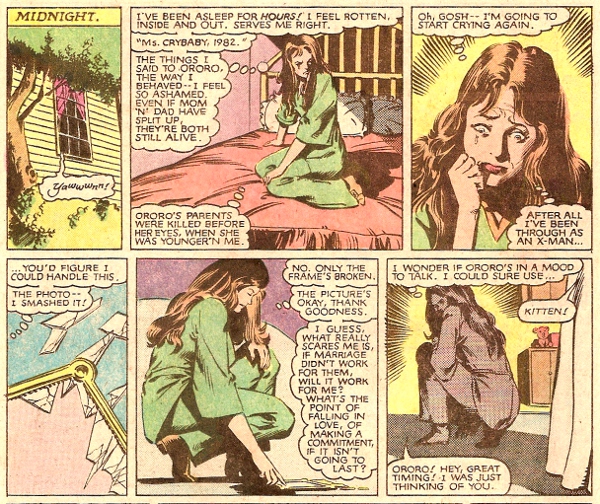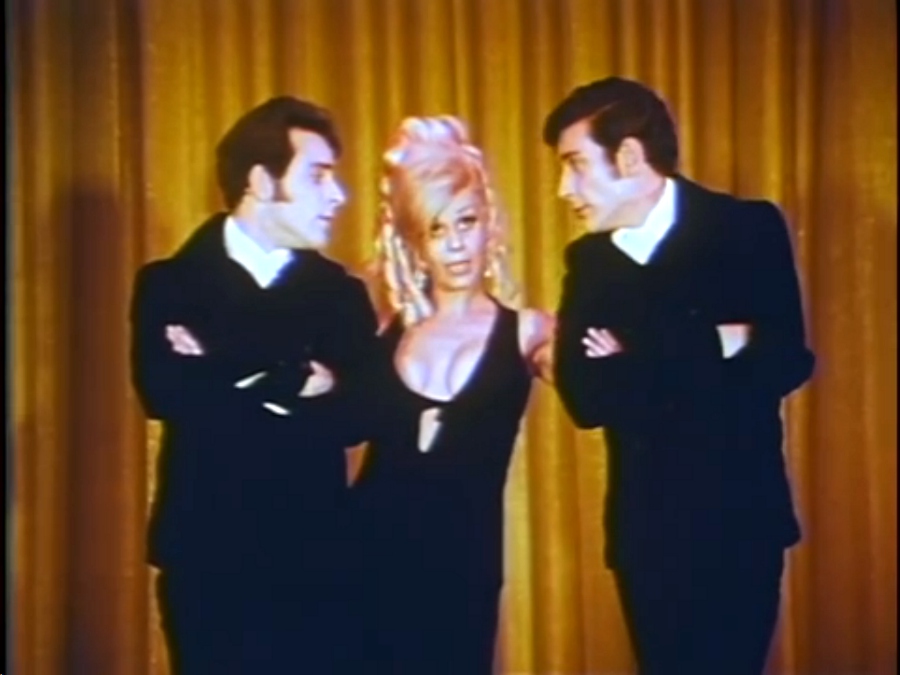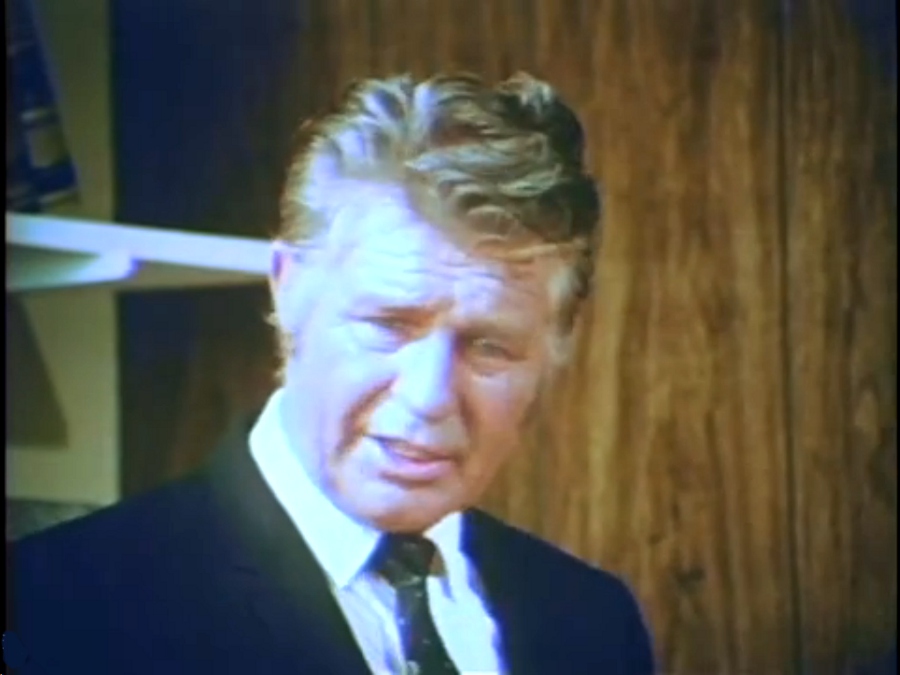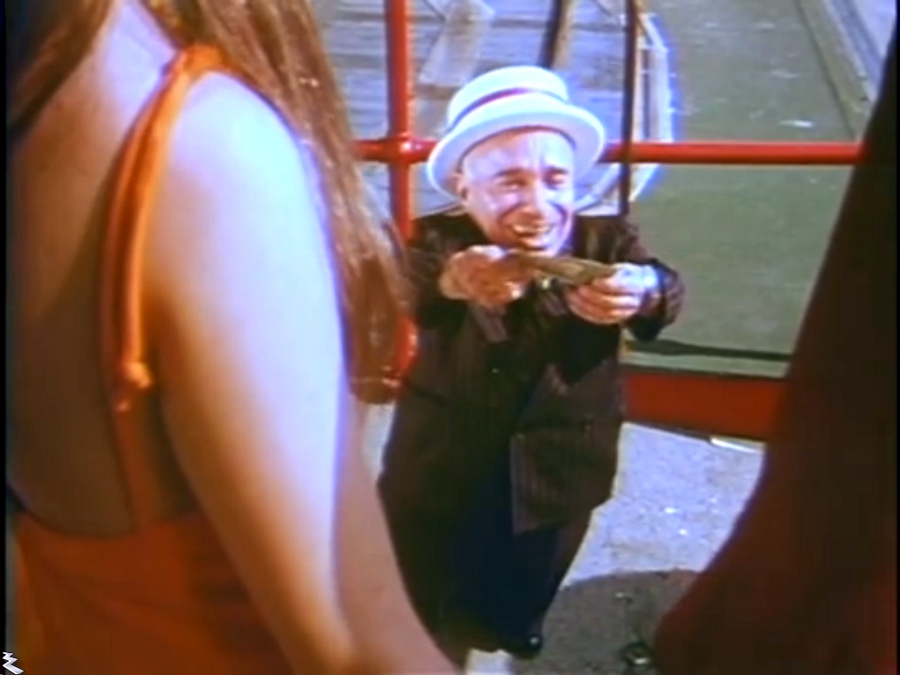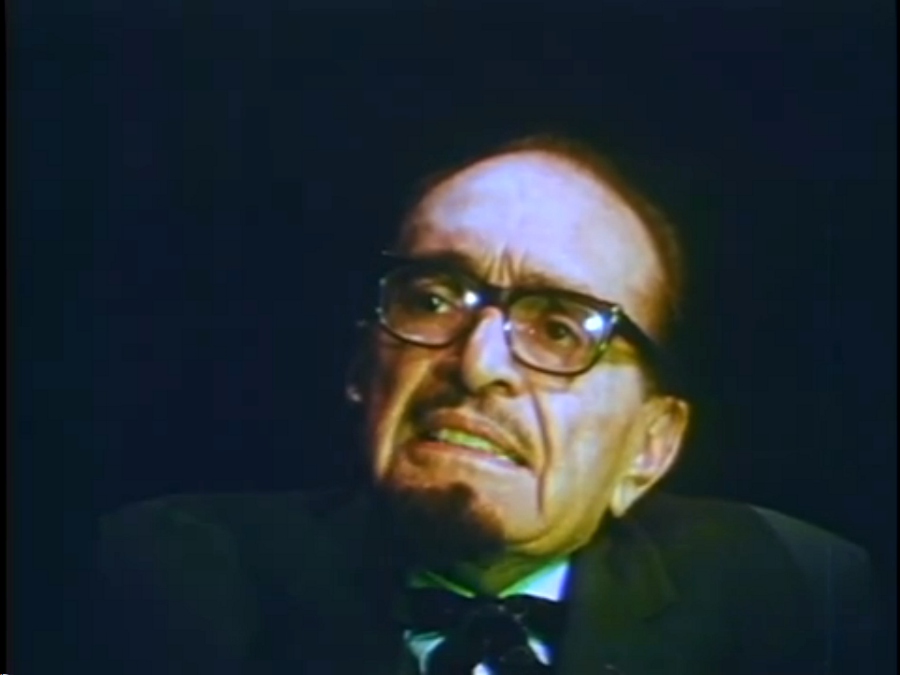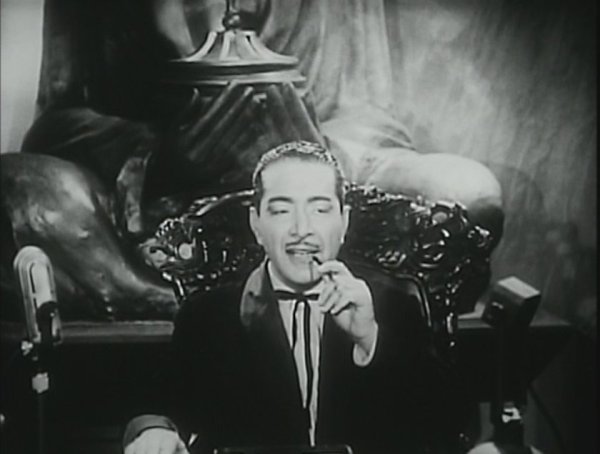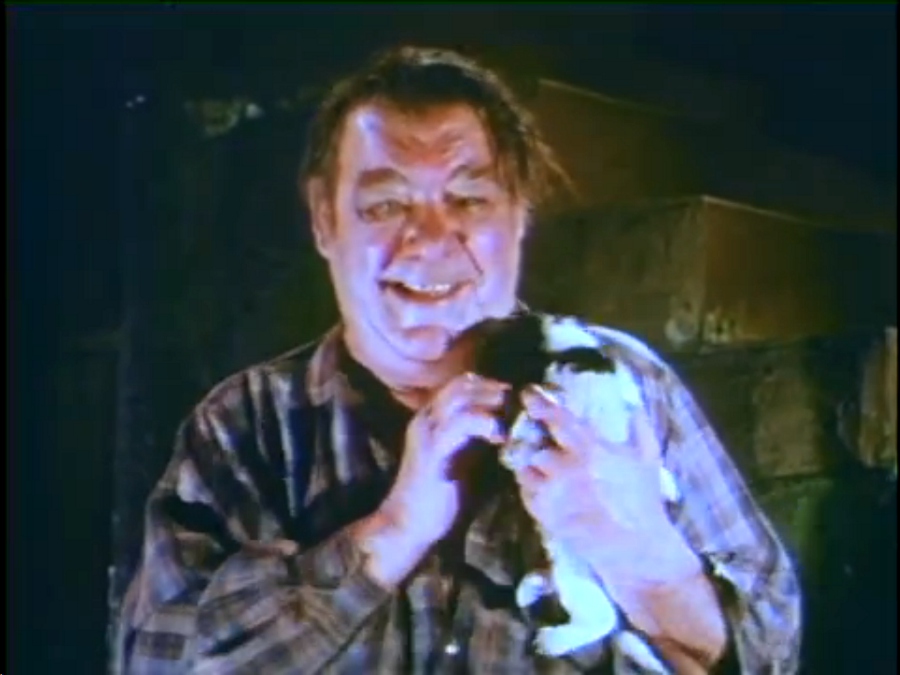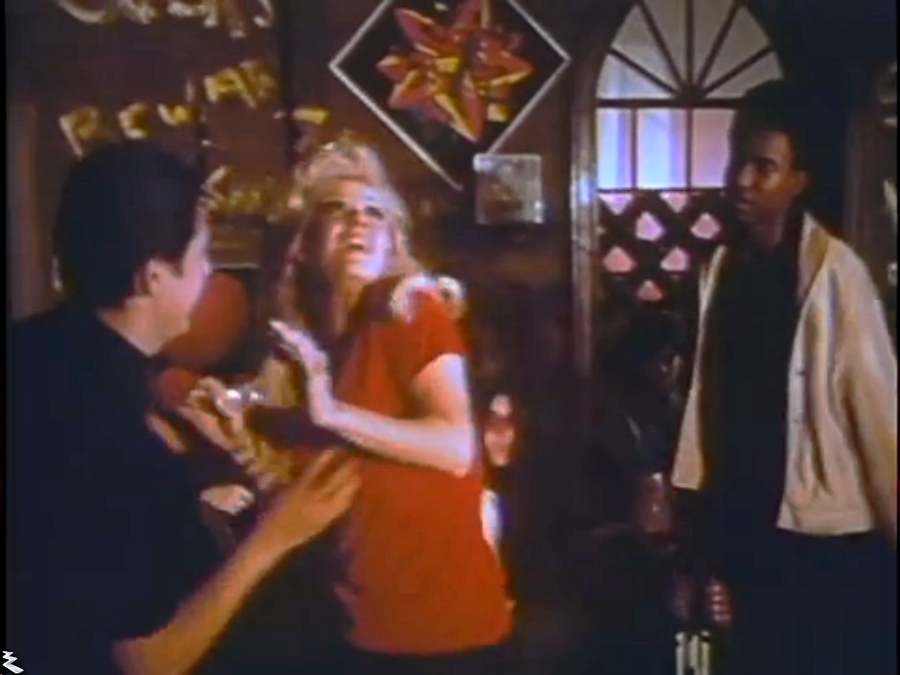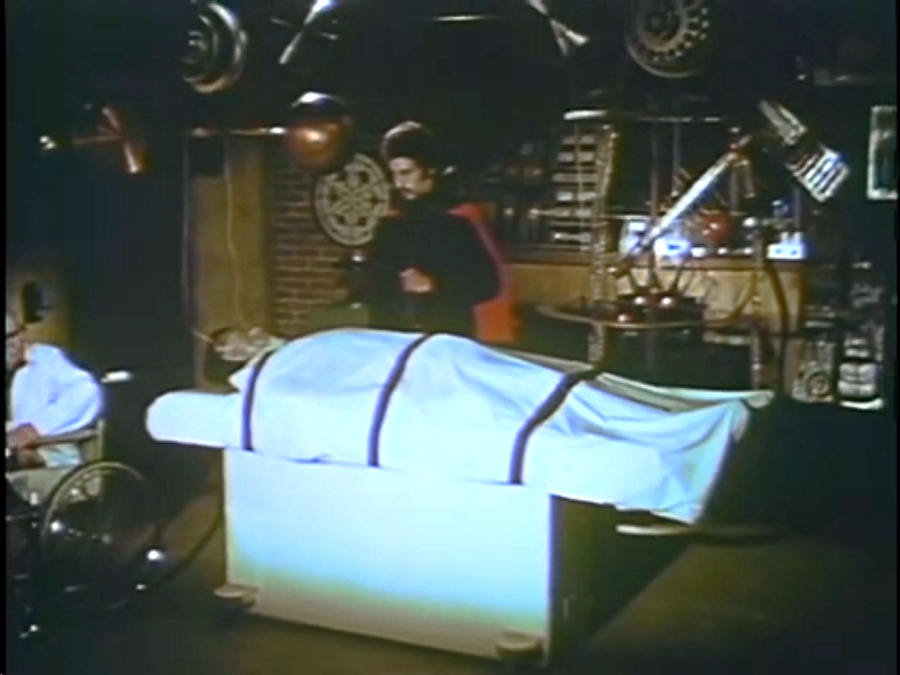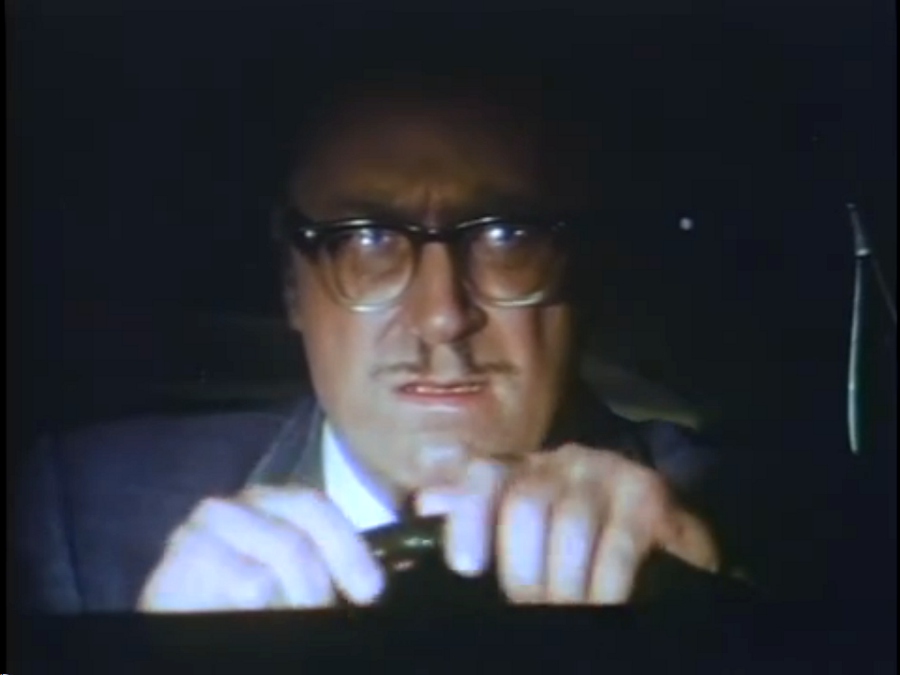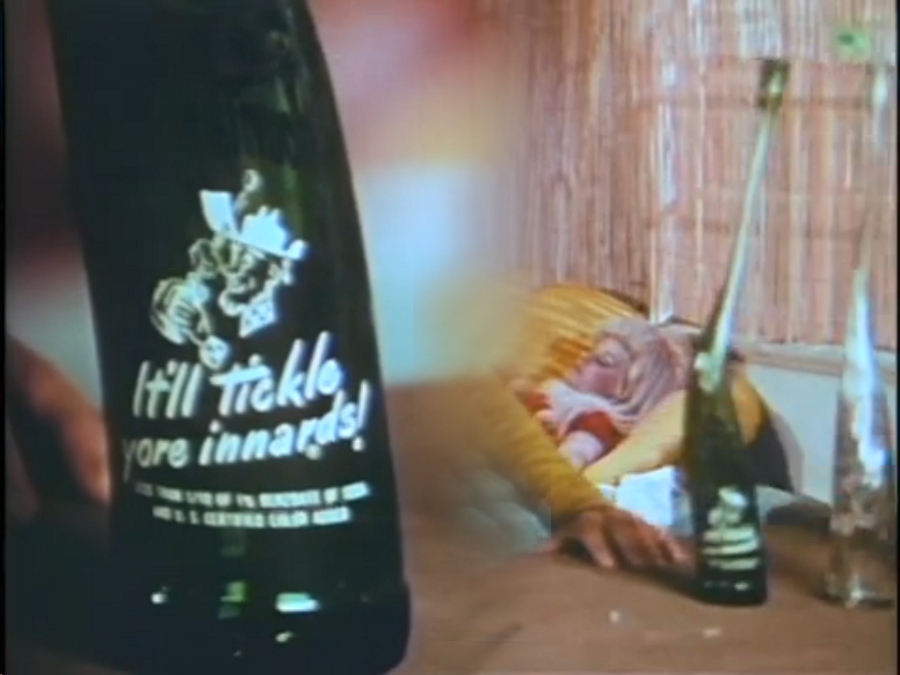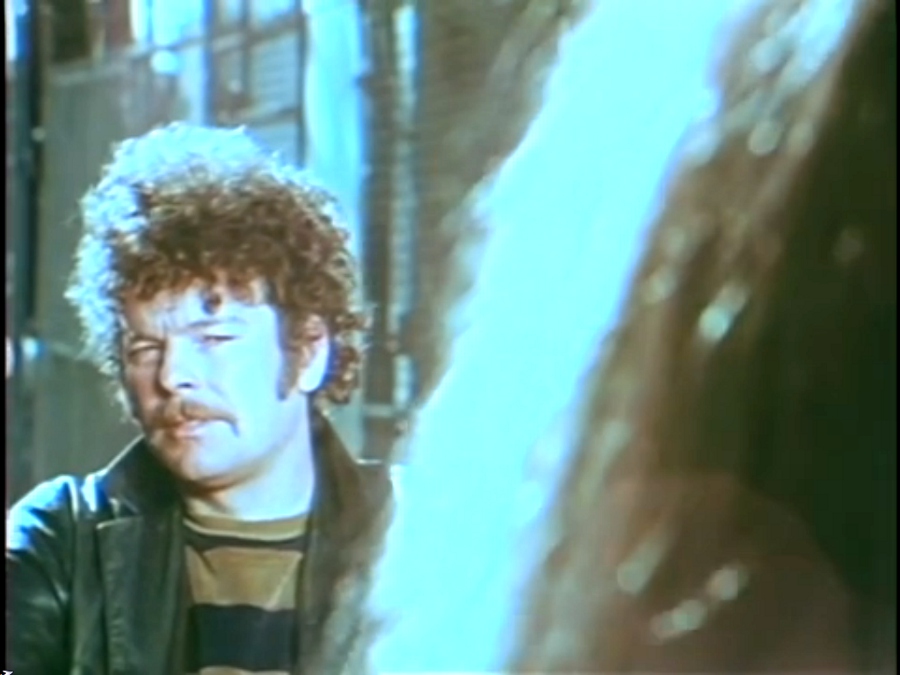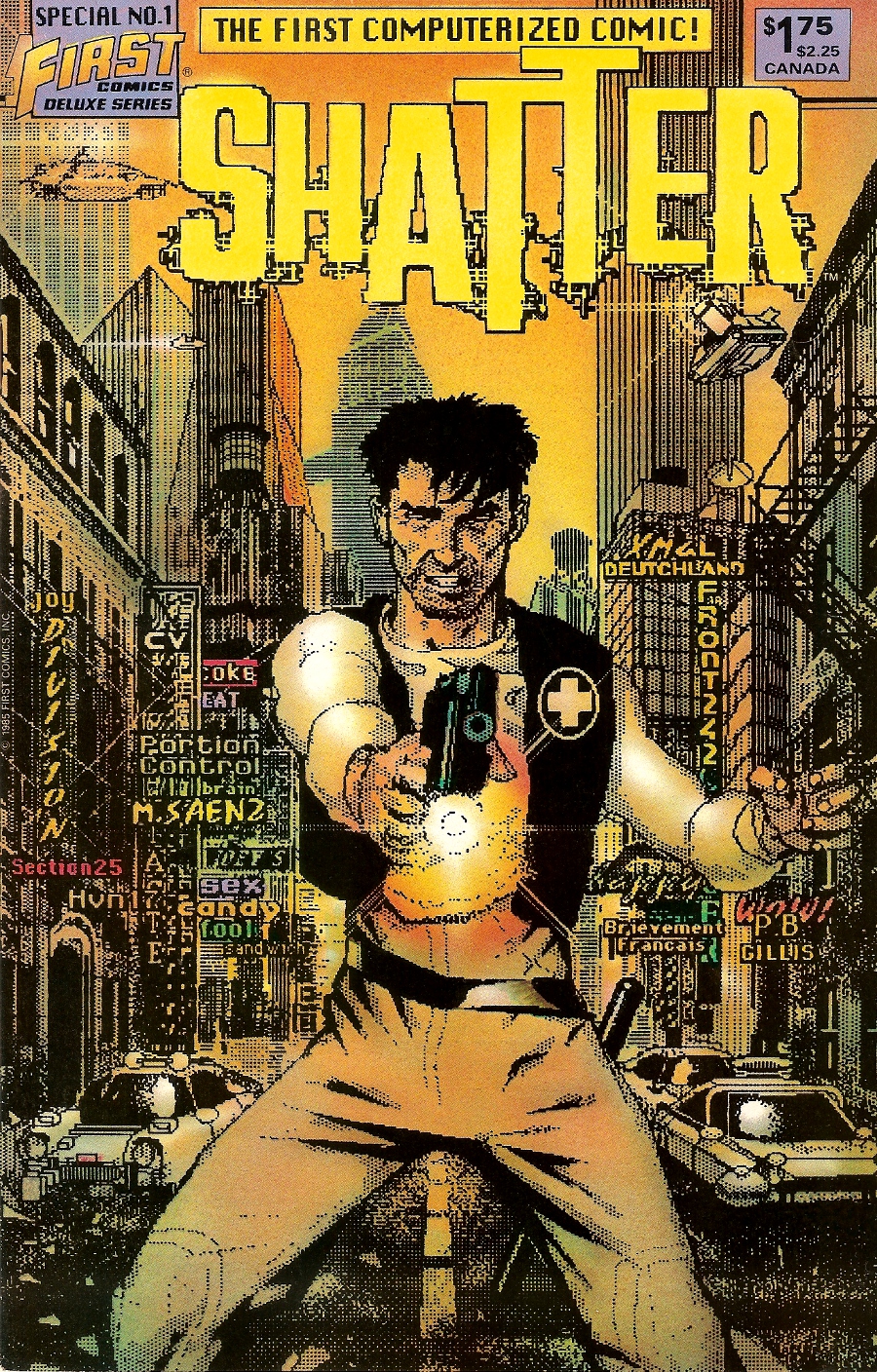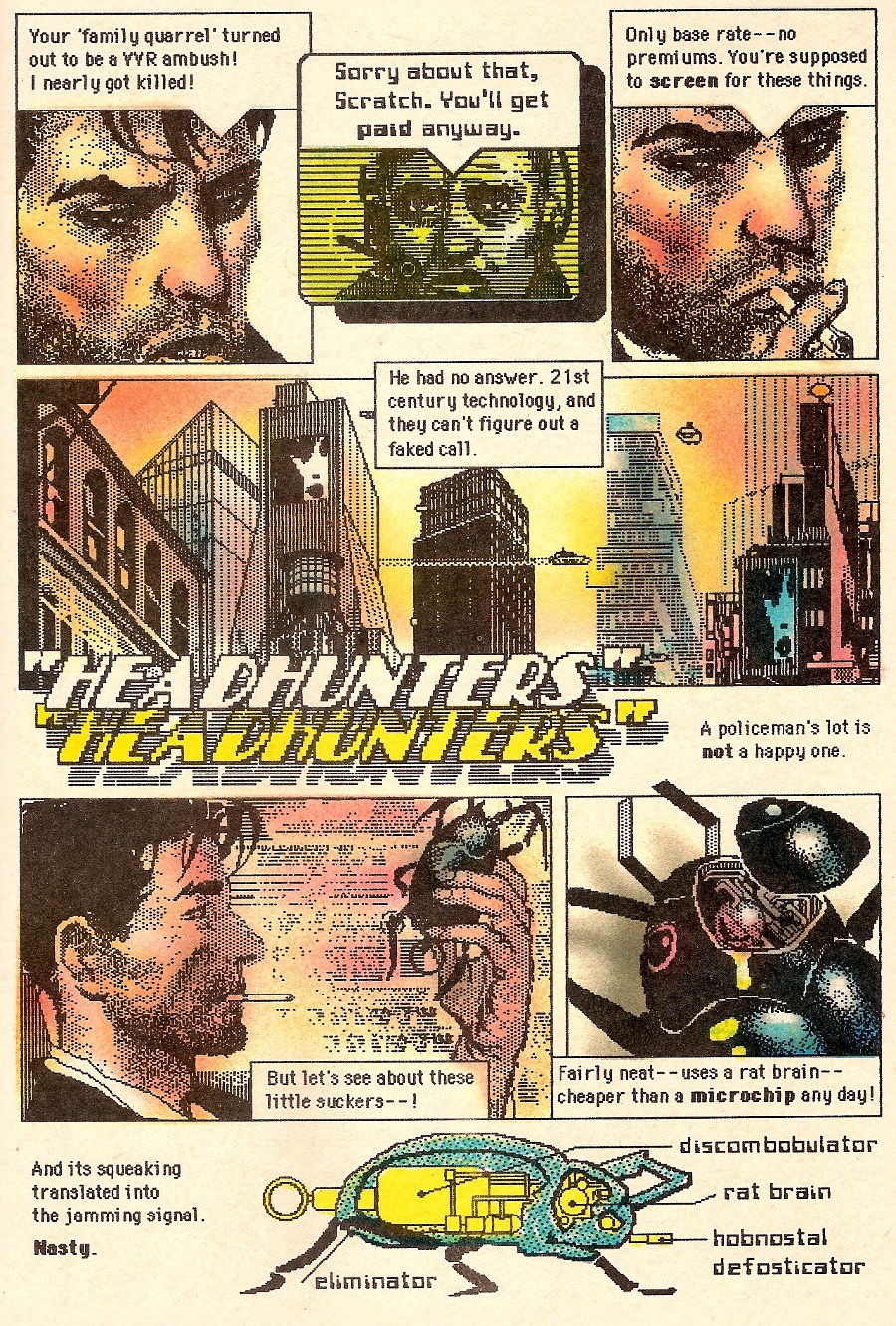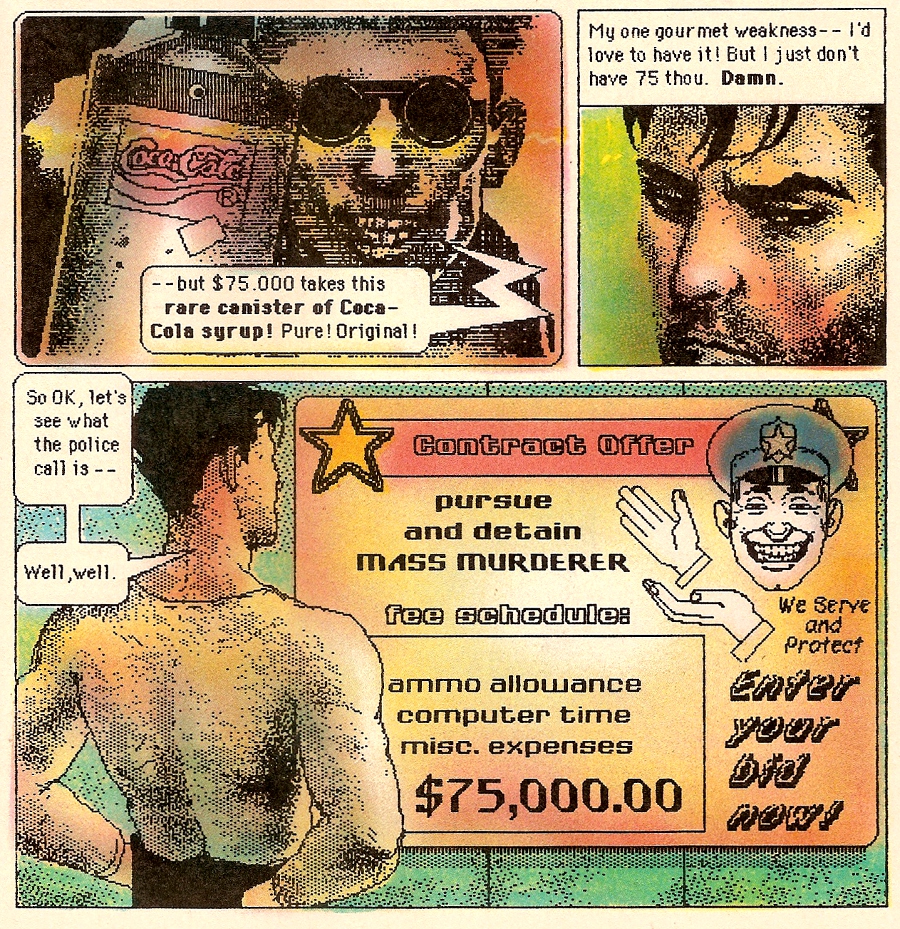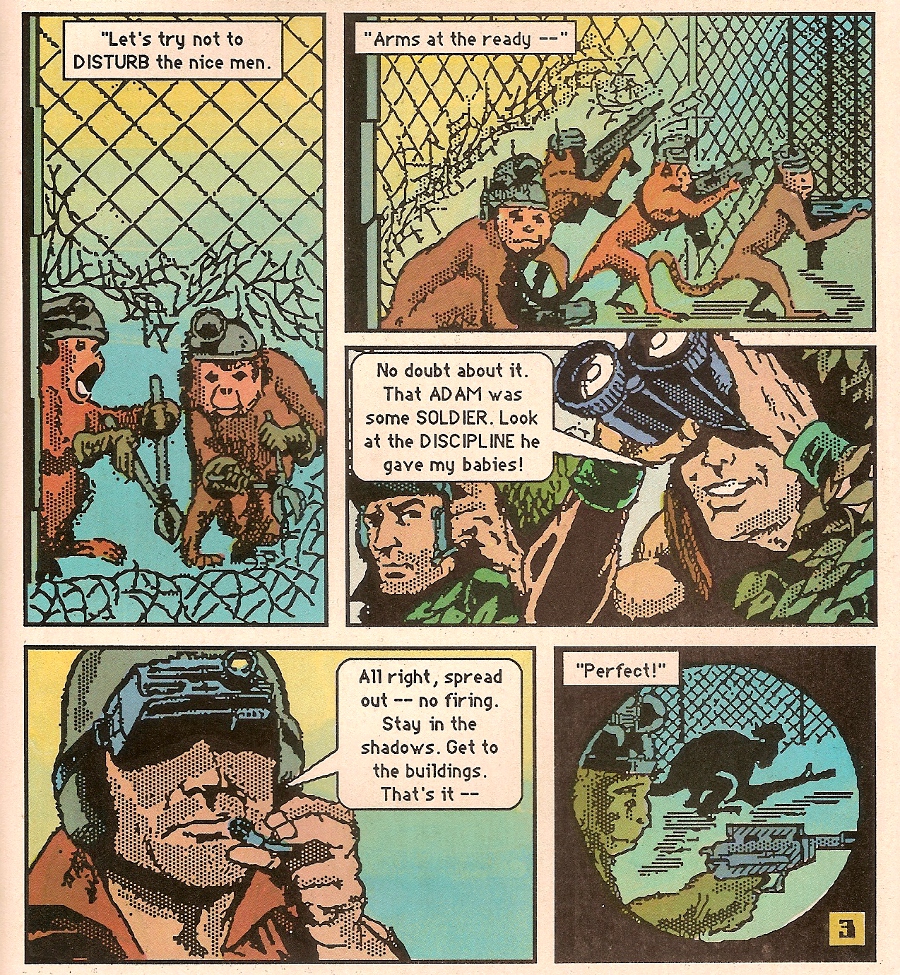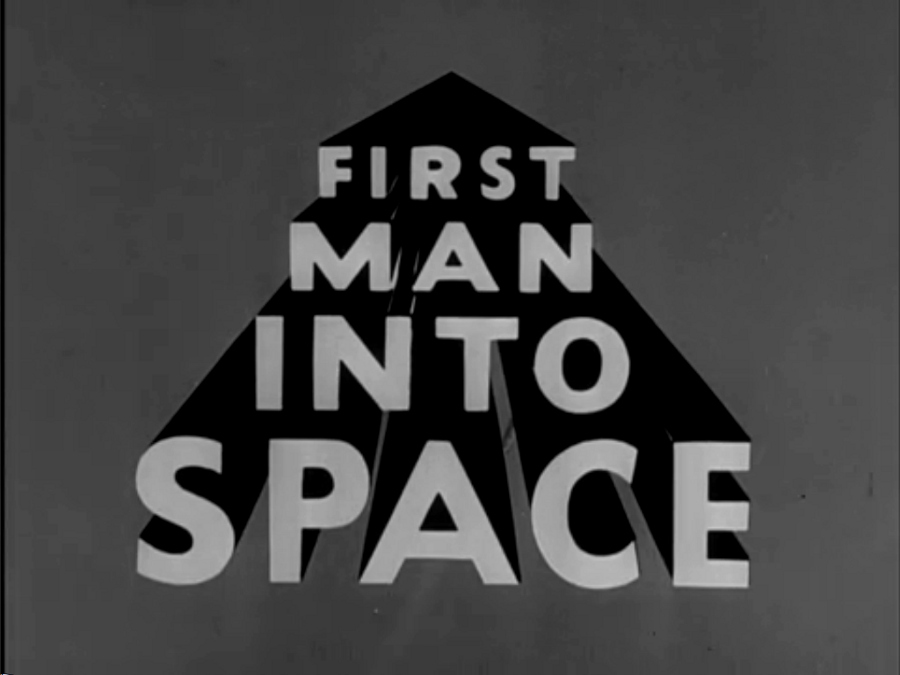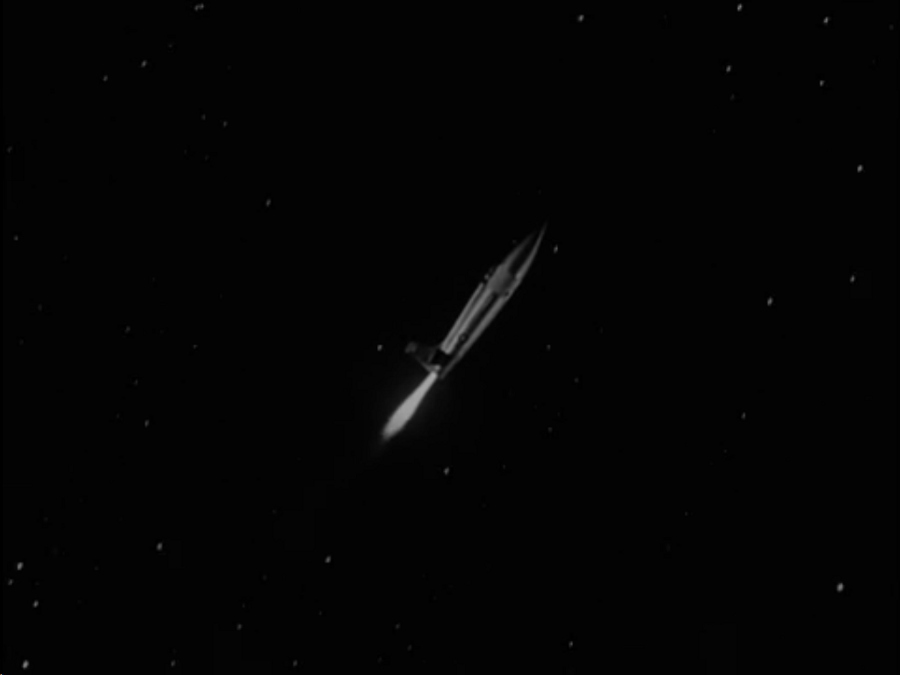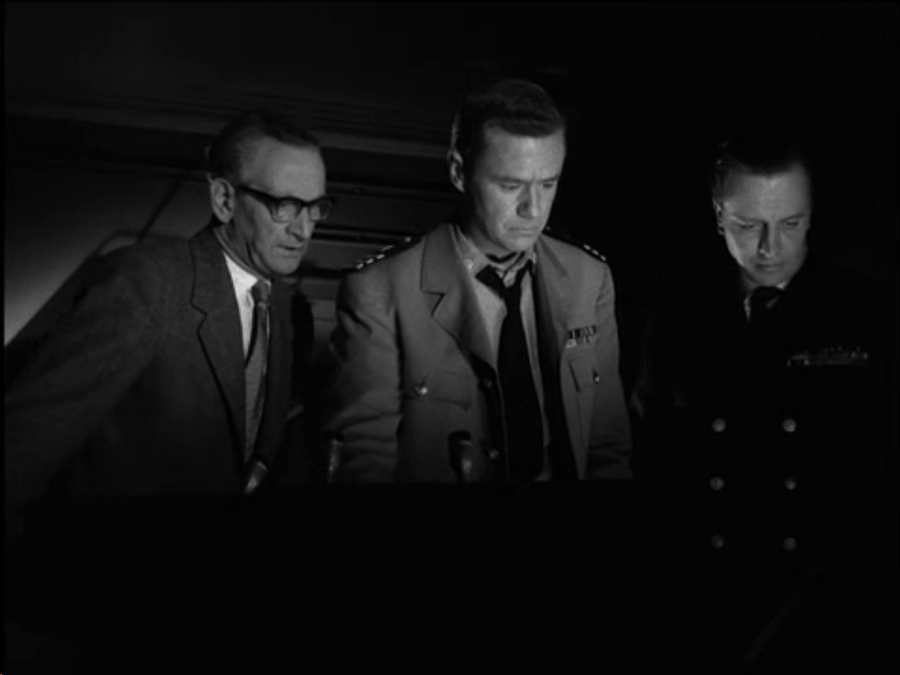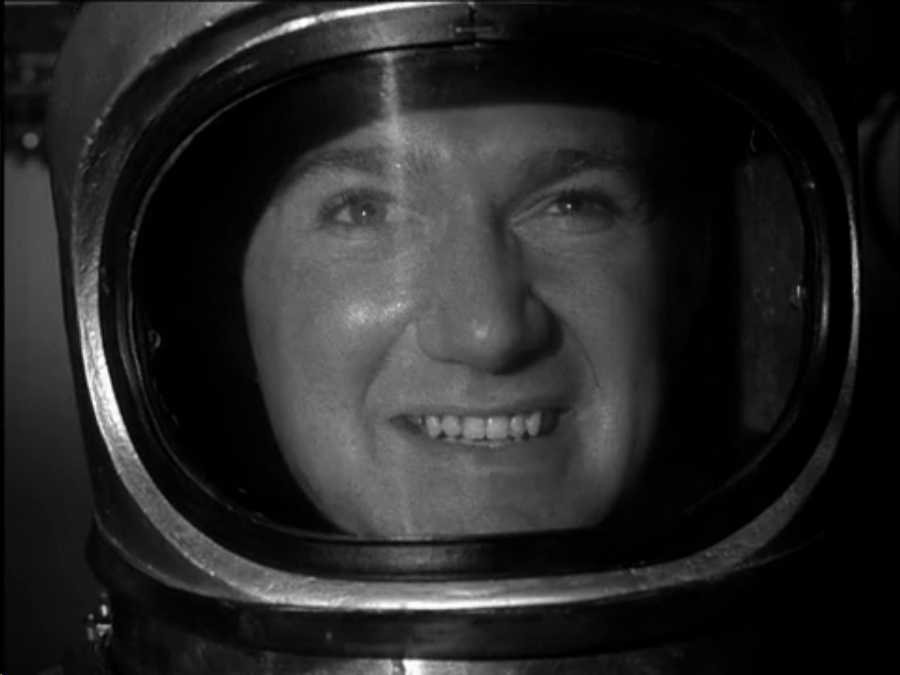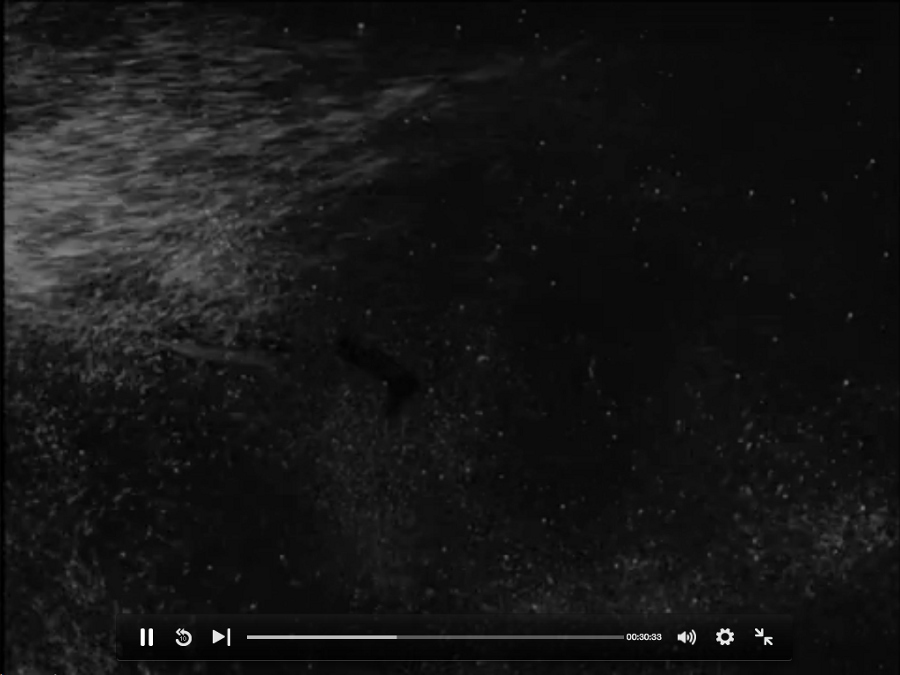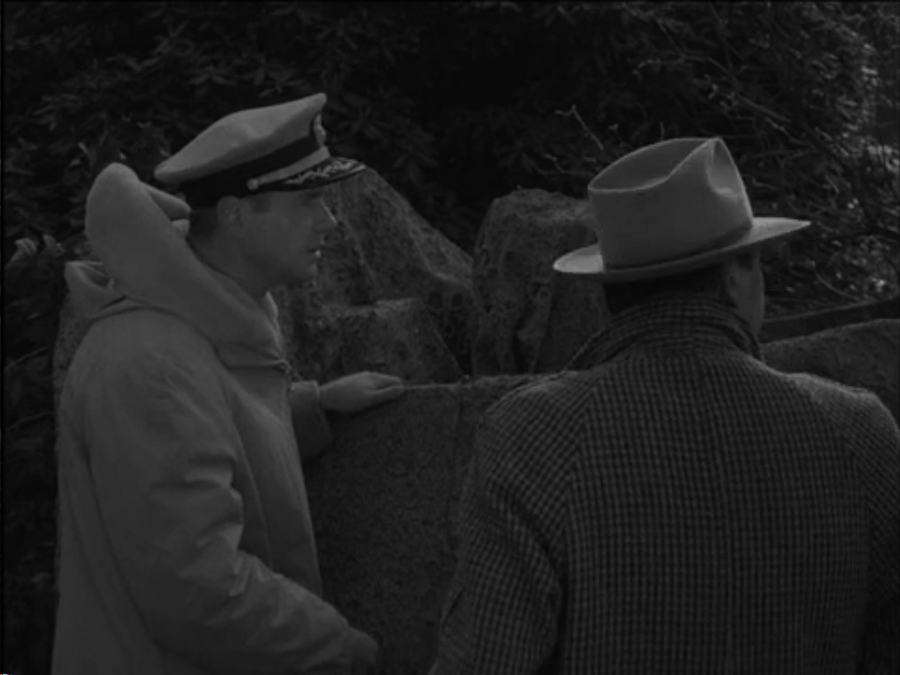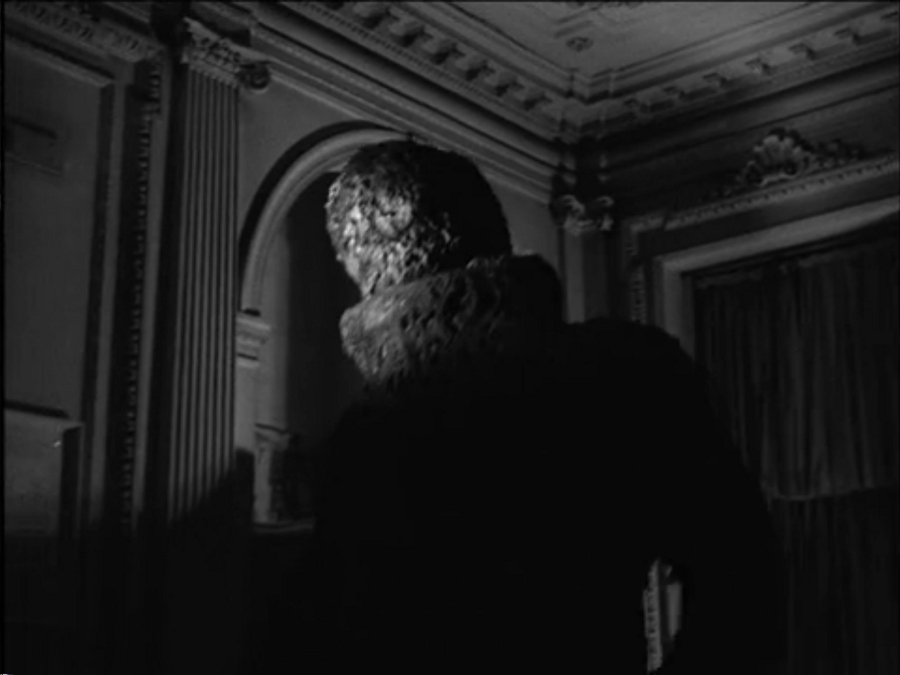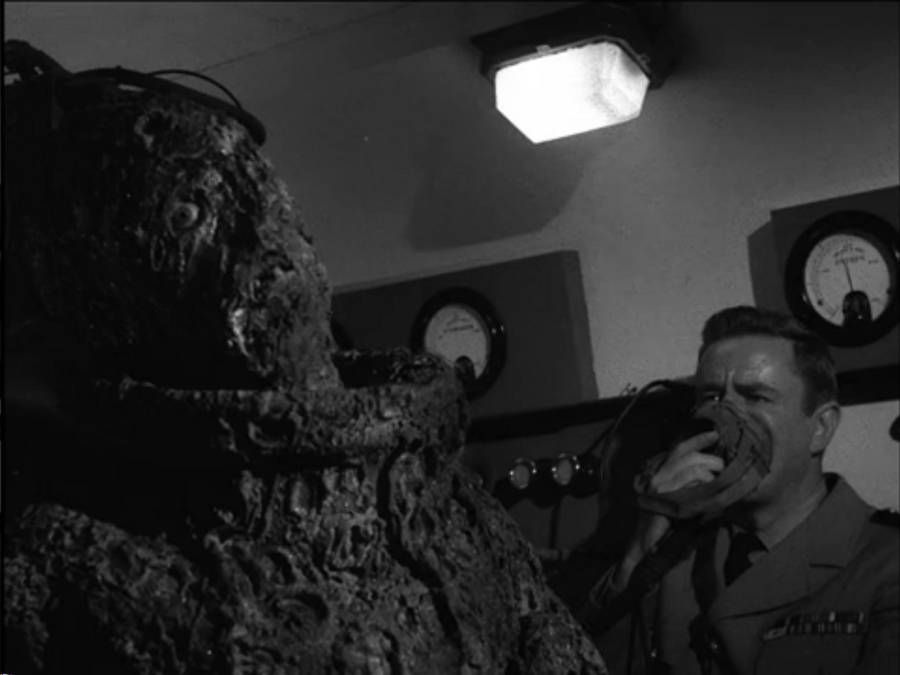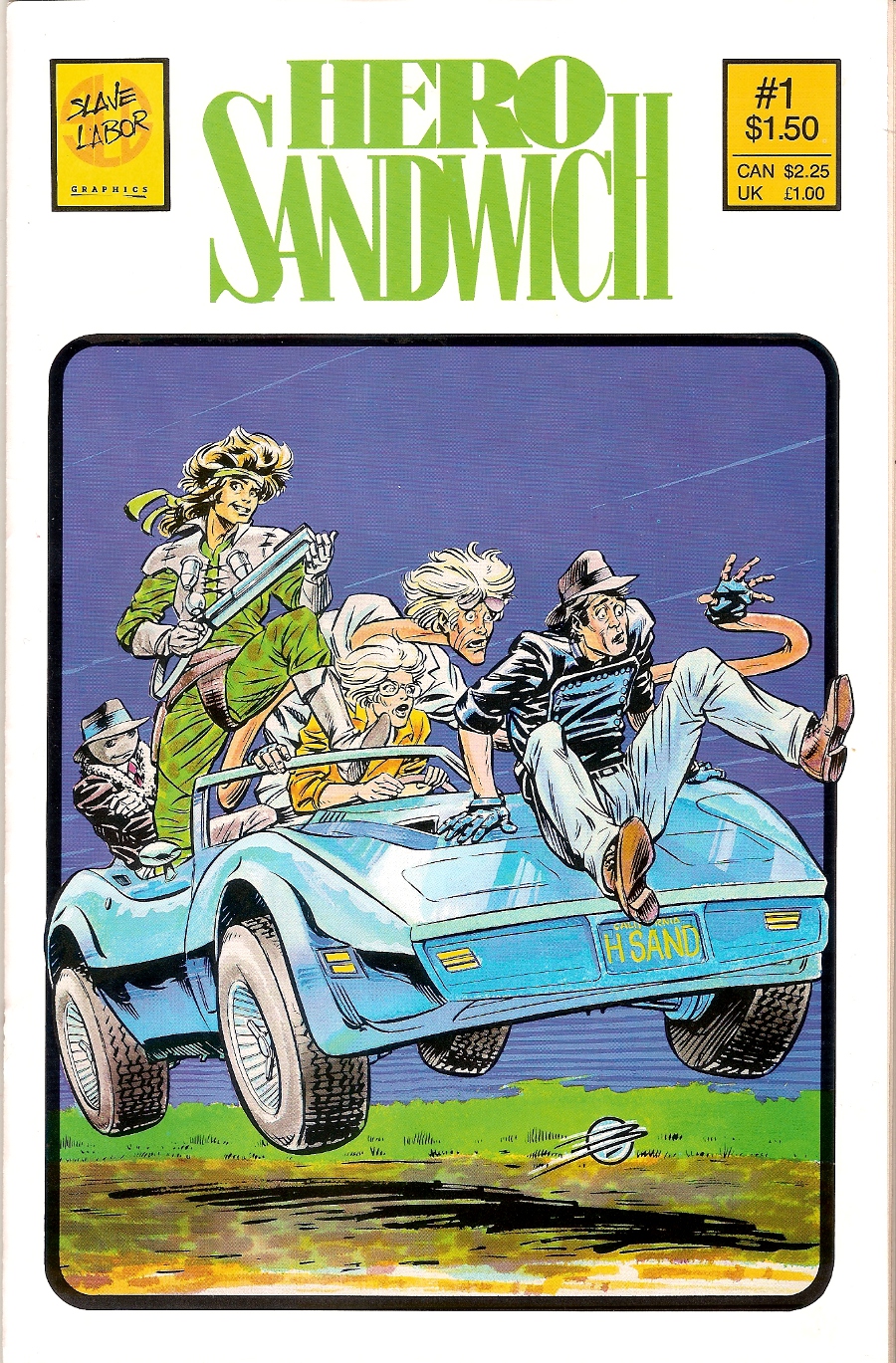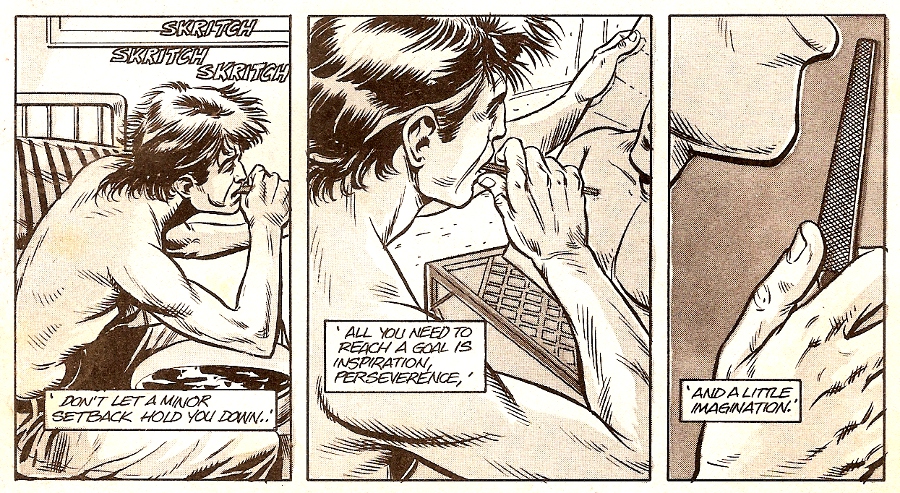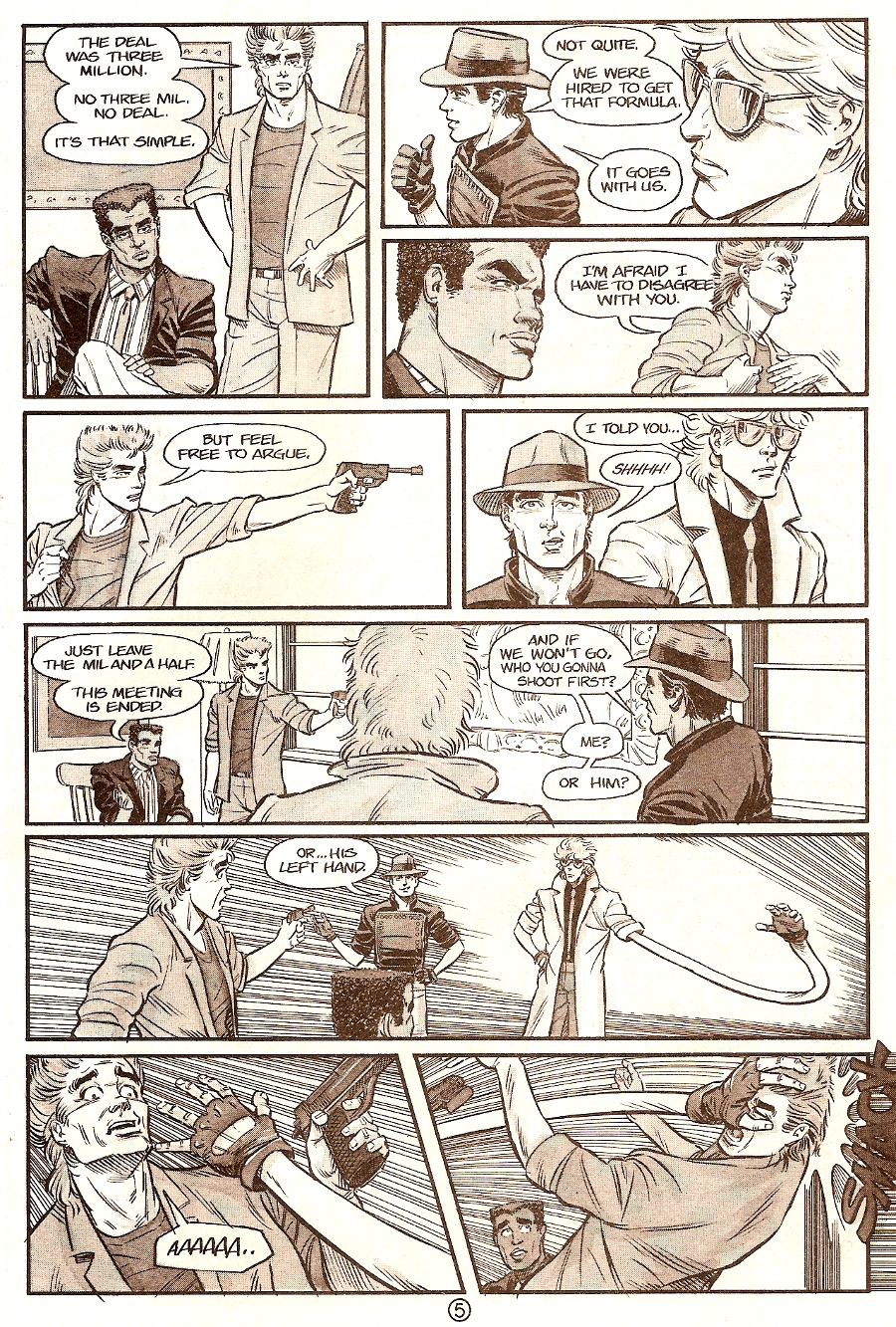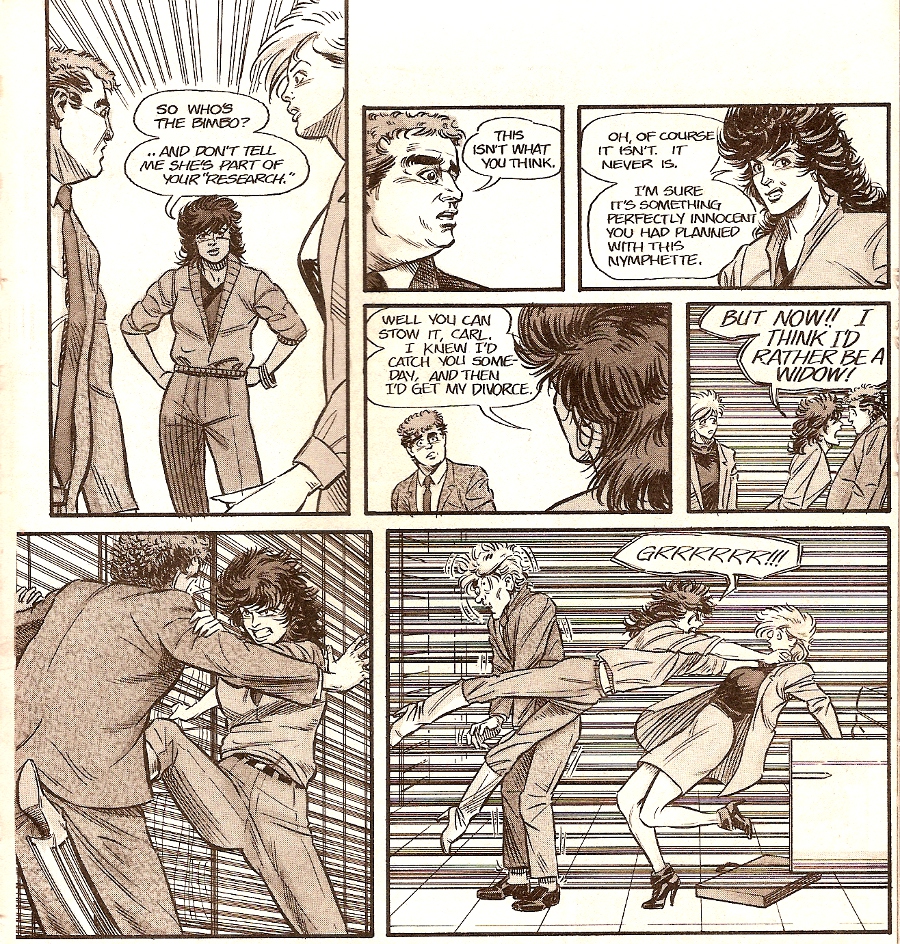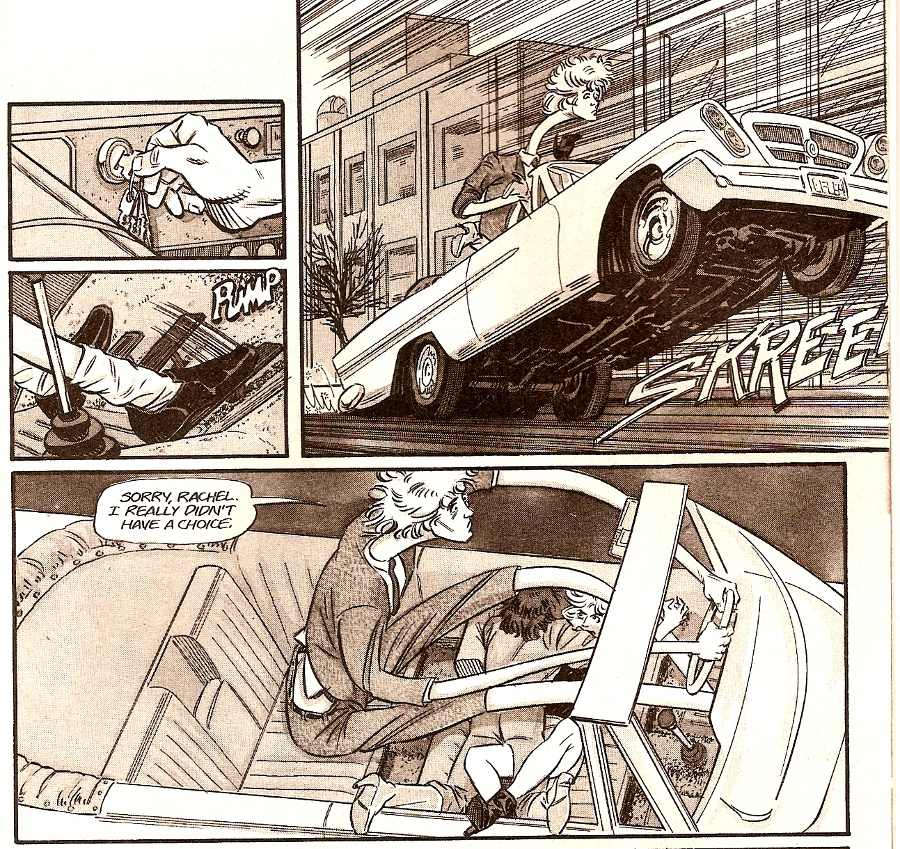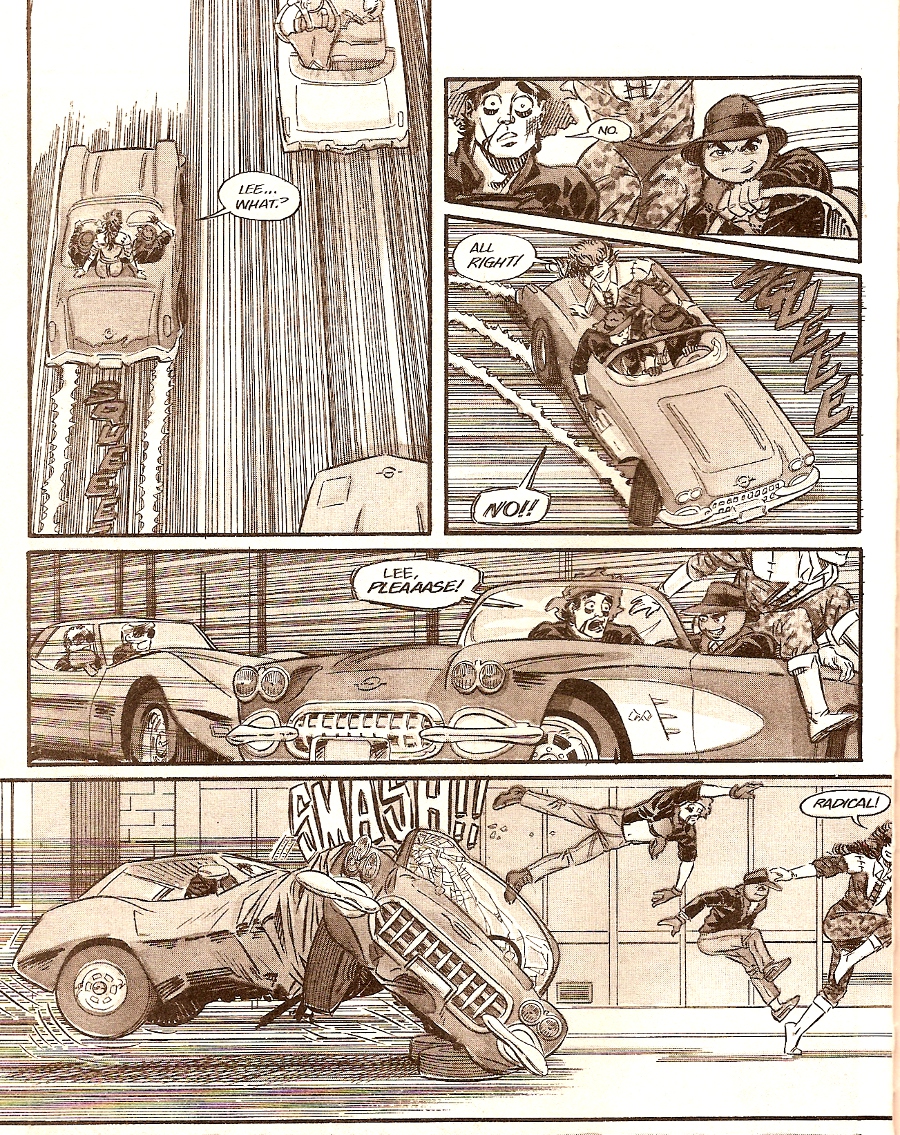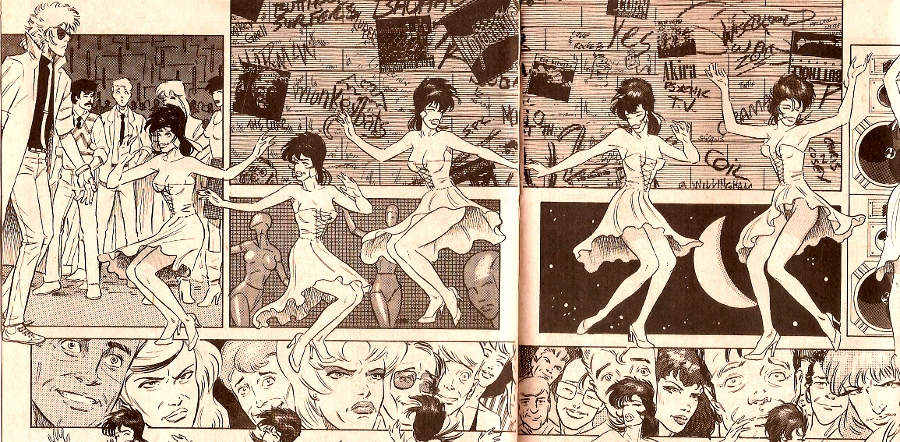Probably my best Christmas ever was the year I got a super 8mm camera and projector. I never did make the ambitious stop-motion movie projects I had planned, but I made good use of the projector, anyway.
First, I ordered some color excerpts from Harryhausen’s films from the back of Famous Monsters of Filmland–selected sequences from Seventh Voyage of Sinbad and Jason and the Argonauts, silent with subtitles–which enabled me for the first time to study Harryhausen’s animation frame-by-frame. And then, at our local Montgomery Wards (I think), I discovered a rack of Ken Films. Unlike the deluxe color 200′ reels I’d mail ordered, these were black-and-white silent reels from films like Ghidorah the Three Headed Monster and I Was a Teenage Werewolf.
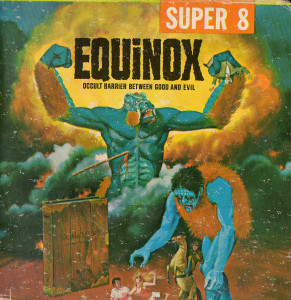 And then there was this one film I’d never heard of, but which looked intriguing, titled Equinox. I watched that 200′ reel over and over again, grooving on the stop-motion creatures and split-screen effects, as well as hints at a creepy story. And now, it’s available as part of the Criterion Collection on Hulu Plus, so I finally got to watch the whole thing.
And then there was this one film I’d never heard of, but which looked intriguing, titled Equinox. I watched that 200′ reel over and over again, grooving on the stop-motion creatures and split-screen effects, as well as hints at a creepy story. And now, it’s available as part of the Criterion Collection on Hulu Plus, so I finally got to watch the whole thing.
The film opens with credits over close-ups of working clocks and clock movements. I’ll tell you up front that clocks play absolutely no part in the story. There is a prophecy involving a certain amount of time passing, but we don’t hear of it until almost the very end, so I’m not sure what the clocks are supposed to be doing, other than distracting us from some interesting names in the credits, like assistant cameraman Ed Begley Jr. (who has gone on to become a reasonably famous actor and prominent environmentalist).
The film opens with an explosion and a young man running through the woods, away from something we can’t see. And right up front, two things are apparent: number one, these guys have no budget to speak of. And number two, they’re really trying hard. Unlike Dracula vs. Frankenstein (discussed the last two weeks), Equinox actually has a visual vocabulary, doing interesting things with angles and camera movement and even doing a tracking shot alongside our running protagonist (who, BTW, is a really awkward runner–don’t know if he’s unathletic, or just trying to act really scared).
On the other hand, the music is really awful, this kind of almost-comedic tootling that creates no real mood, but just fills up space on the soundtrack. Throughout the film, the music bears only the slightest relation to the emotional content of the scene.
As the man is crossing a bridge, along comes a car without a driver and runs him over. It must be the Devil’s Volkswagen!
A year later, a reporter visits a mental hospital where Our Hero (whose name is David) is staying. All he does is sit silently, staring at his cross. When the reporter tries to ask him about what happened a year ago, he gets no response, until he shows David a photo of a missing geology professor. Then David attacks him, losing his cross in the process.
And at this point in the film, it seems apparent that the movie was filmed MOS (without synced sound) and dubbed in later, but the dubbing is pretty good. Not surprising given that “director” Jack Woods has spent most of his career in movies as a sound editor.
I use the term “director” in quotes because Woods only directed a portion of the movie. The film actually started as a sort of fan film by some enthusiastic kids who wanted to go into special effects. The stop-motion animation was done by Dave Allen, who went on to a long career in Hollywood, doing animation in TV commercials and feature films. The director who also worked on the effects went on to work on dozens of the biggest special effects films in history, winning 6 Oscars and becoming the first special effects man to get a star on the Hollywood Walk of Fame. His name is Dennis Muren.
So that it’s not a completely wasted trip, the doctor in charge of the case plays the reporter a tape of the David’s testimony the day after he was found on the highway. And check out that antique reel-to-reel recorder, Dad!
He was summoned to visit his favorite professor, Dr. Waterman, at his cabin in the woods, but the expedition somehow got turned into a picnic with his best friend Jim, his best friend’s girlfriend Vicki, and a blind date named Susan. And look who’s playing the best friend.
Although he’s credited as Frank Boers Jr., he would be known to 1970’s sitcom viewers as Herb Tarlek, sales director for WKRP in Cincinnati. And although he’s smarmy, he’s also the only person in the cast who actually sounds natural when reading his lines.
So the gang ends up parking at the edge of a forest and hiking up to the professor’s cabin, which has been destroyed. Â And moments later, they run into kindly park ranger Asmodeus, who tells them he hasn’t seen Dr. Waterman around.
Hmmm, strange. Stranger still, Jim’s girlfriend Vicki, who has somehow become separated from the rest of the group, has stumbled across a castle in the middle of the California forest.
The rest of the group finds her, and they decide to visit the castle to see if anyone there knows about Dr. Waterman. But on the way up, they hear maniacal laughter coming from a mysterious cave, so of course, they investigate. In the cave, Vicki becomes separated again (what is her problem, seriously?) and finds a human skeleton, while the rest of the group receives a mysterious book from a strange mad hermit.
And I have to tell you, when I first saw this scene, I immediately said to myself that that was the director’s grandfather or something, because he is stiff and even more non-actorly than the rest of the cast. And sure enough, this article about the making of the film describes the old man as being Muren’s grandfather.
After they leave the cave, they decide to have their picnic lunch and examine the book. And there’s a funny moment (perhaps unintentional) where Jim states he has brought them fresh, pristine mountain spring water, then plops down a jug so cloudy, it looks like lemonade. More disgusting than the water, though, is the book, which stinks like sulfur when Dave opens it after Jim picks the lock. Inside, it’s full of illustrations of strange beasts and magical symbols and text in unknown languages.
Suddenly, a man lunges out from the forest, grabs the book, and runs away with it. It’s Dr. Waterman! David chases him down and catches him, but the doctor falls down dead.
And remember up top when I mentioned there were some interesting names in the opening credits? One of them was this guy: Fritz Leiber, famed fantasy author, creator of Fafhrd and the Grey Mouser. Interesting bit of trivia: his dad, Fritz Leiber Sr., was also an actor, and the two of them appeared together in two films in the 1930’s.
David freaks out at Waterman’s death, and even more so when Waterman’s body disappears. Meanwhile, Vicki takes off to find the boys, leaving Susan alone, where she is discovered by kindly park ranger Asmodeus, who is suddenly not so kindly anymore. He puts on a weird hypno ring and then starts making out with her, giving her drooly, drooly kisses with his twisted mouth.
But he is forced to flee when, in the course of pulling off her blue velour top, he finds her cross. By the time the boys and Vicki return, Susan can no longer remember what happened. They take another look at the book and discover a page of notes written by Dr. Waterman. He has been not only trying to decipher the book, but also experimenting with it, seeing if he can summon creatures from beyond.
Oops. Turns out, this creature, summoned by mistake, is what destroyed Waterman’s cabin. We see it in a flashback that for some reason reminds me of a Family Guy blackout. “This reminds me of that time we summoned the Great Old Ones with that fake Necronomicon.”
Anyway, the gang decides to make themselves some holy symbols from the book (Jim makes them from willow twigs, and seriously, it’s like he’s the only one with any kind of real-world skills–photography, lock-picking, twig-weaving, you name it). And next thing you know, the castle is gone and not-so-kindly park ranger Asmodeus is summoning a giant ogre-like monster to retrieve the book.
Jim cuts down a sapling and whittles it into a spear, which David uses to kill the beast. The scene is badly animated and staged so that it lacks tension, but don’t judge Dave Allen’s entire career from his very first home-grown film.
Jim decides to retrieve his dropped camera and take a picture of the monster while the rest head for their picnic site to gather their stuff and leave. But Jim gets distracted by a beer can (the old thick-walled kind with pull-off tabs) floating by in the creek. He is entirely too sober for this, so he follows the creek upstream till he finds an abandoned campsite. And kindly park ranger Asmodeus, who promises Jim his heart’s desire if he gives Asmodeus the book.
When Jim tells the gang about Asmodeus, David finally, FINALLY remembers that Asmodeus is another name for the devil. The group decides to go home for real, when they are attacked by a giant green caveman or something.
And although this scene to the untrained eye might look cheapo–that monster suit is kind of ludicrous–for someone who knows effects, this is really impressive. Because there are no matte lines, no obvious screen splits, no loss of quality or enlarged grain from optical effects, no faded background elements from rear projection. This is actually a meticulously designed forced-perspective shot, made more impressive with a camera movement thrown in, which you would almost never see with a process shot.
Jim flees from the monster through the invisible barrier hiding the missing castle. David sends the girls to the car and enters the alternate dimension to retrieve Jim. Which he does, except that it’s not really Jim and it destroys the holy symbol under his shirt. Jim is abandoned in the alternate universe. Oops.
Not-kindly-at-all park ranger Asmodeus decides to stop the kids from leaving with the book. So he abandons his Jim disguise and instead transforms into (his true form?) a winged demon from Hell.
Vicki and Susan are killed, but David survives, only to see a giant apparition which tells him he will die in a year and a day. David flees the forest and up onto the bridge where he is hit by the Devil’s Volkswagen.
Back in the present, the reporter leaves, disappointed, as David screams for his cross. The reporter had hoped for more to the story. As he’s leaving the place, he barely registers the pretty blonde headed the other way, toward the hospital entrance. But we do–she’s Susan, smiling creepily as she heads for the entrance exactly a year and a day since the prophecy was given. THE END ?
So on the one hand, the film is cheap crap, full of bad acting and bad writing. But on the other hand, Muren’s film, which forms the core of this one, was made for around $6,500 dollars (no, rest assured, I didn’t miss any zeroes), and contains some impressive effects shots in that pre-Star Wars age. It’s an interesting introduction to what would be some incredibly influential careers.



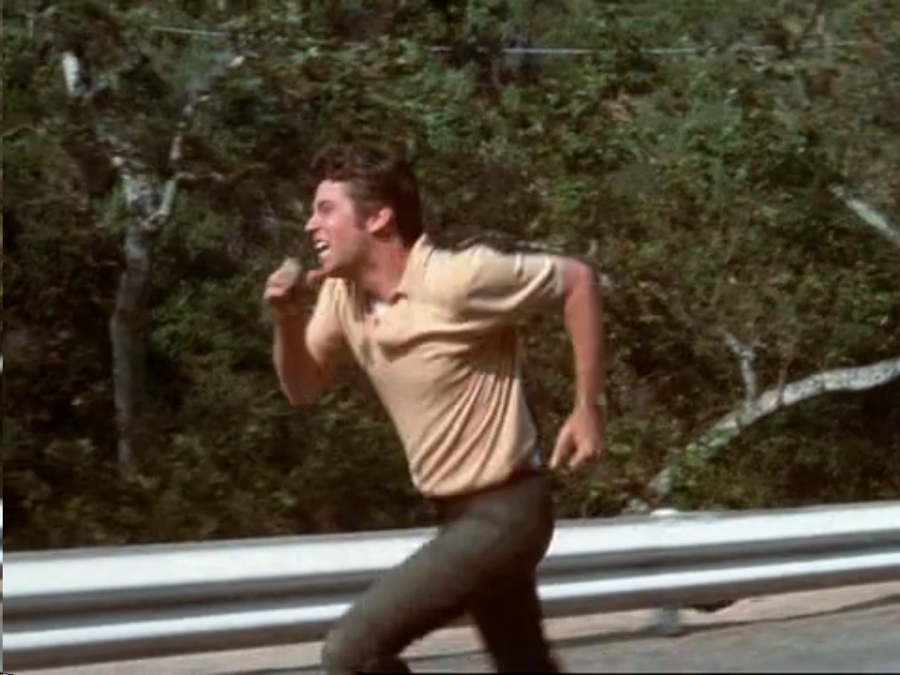
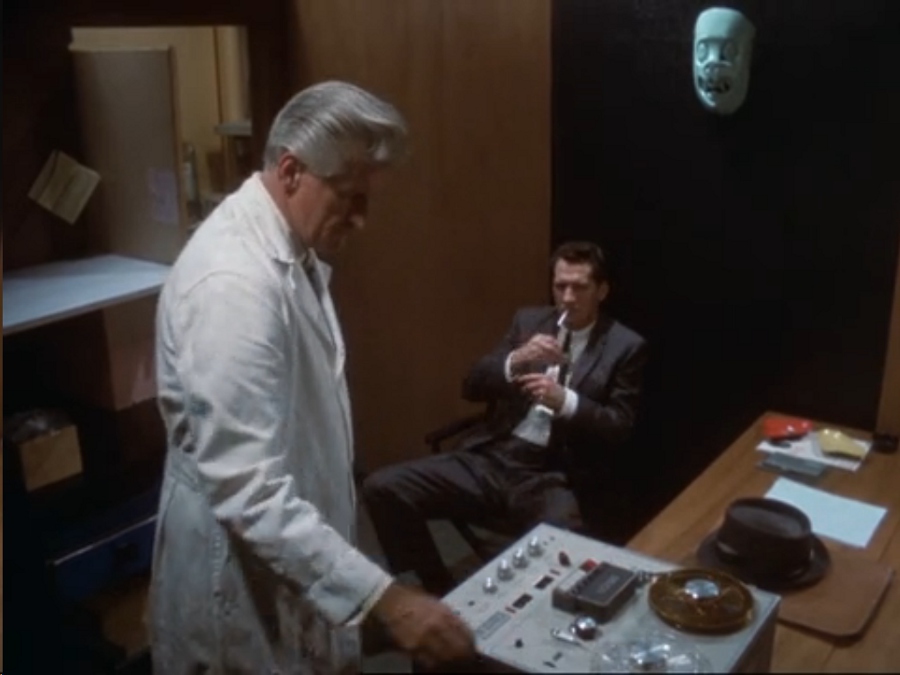
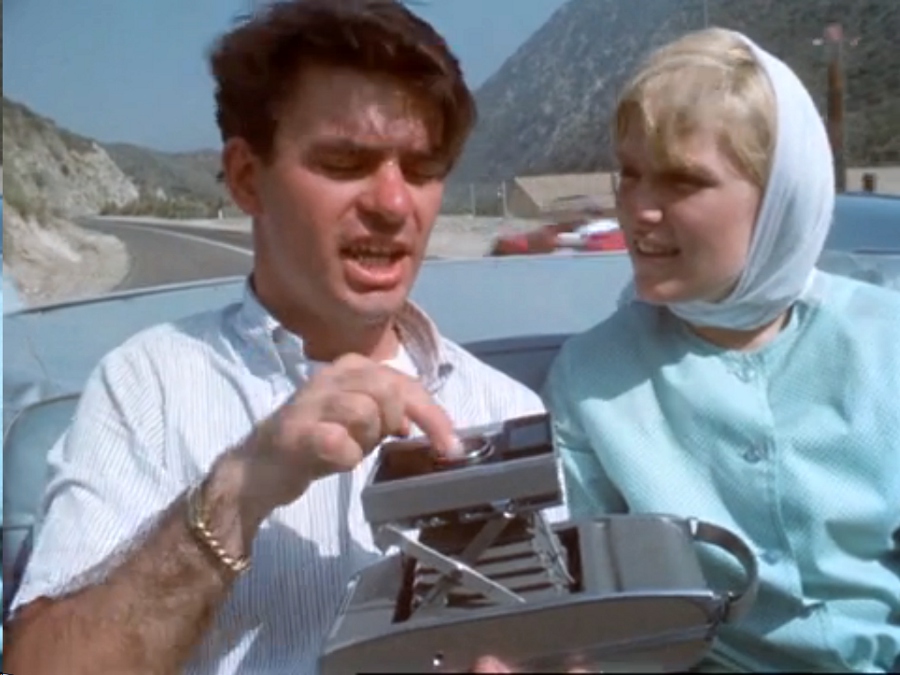
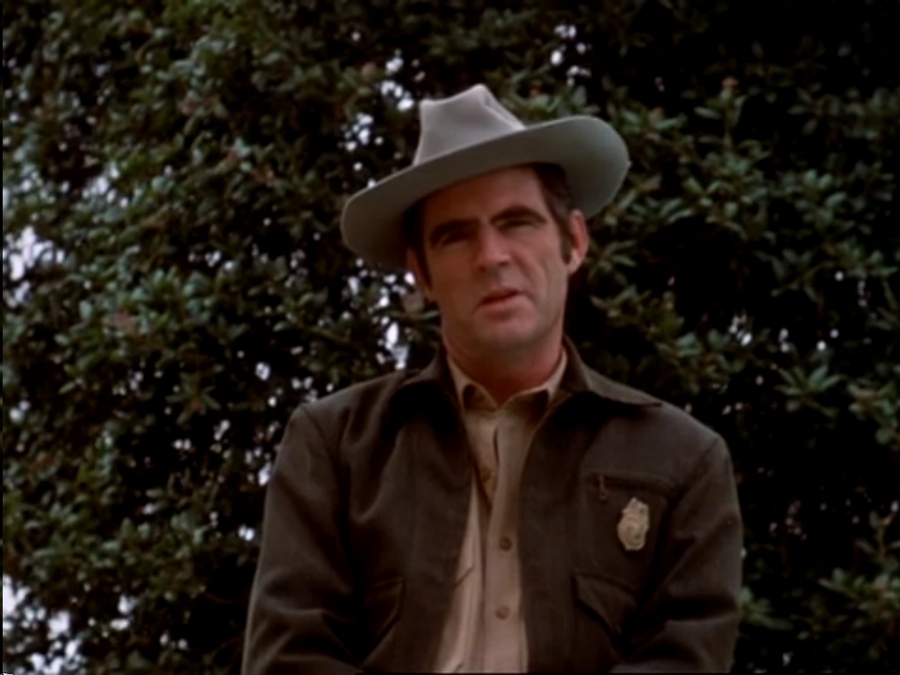
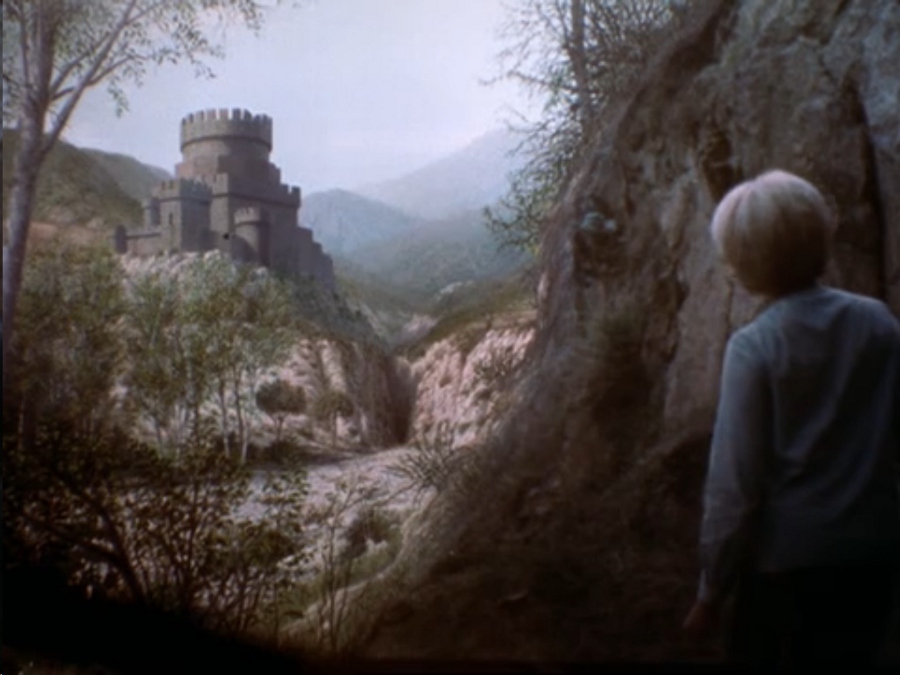

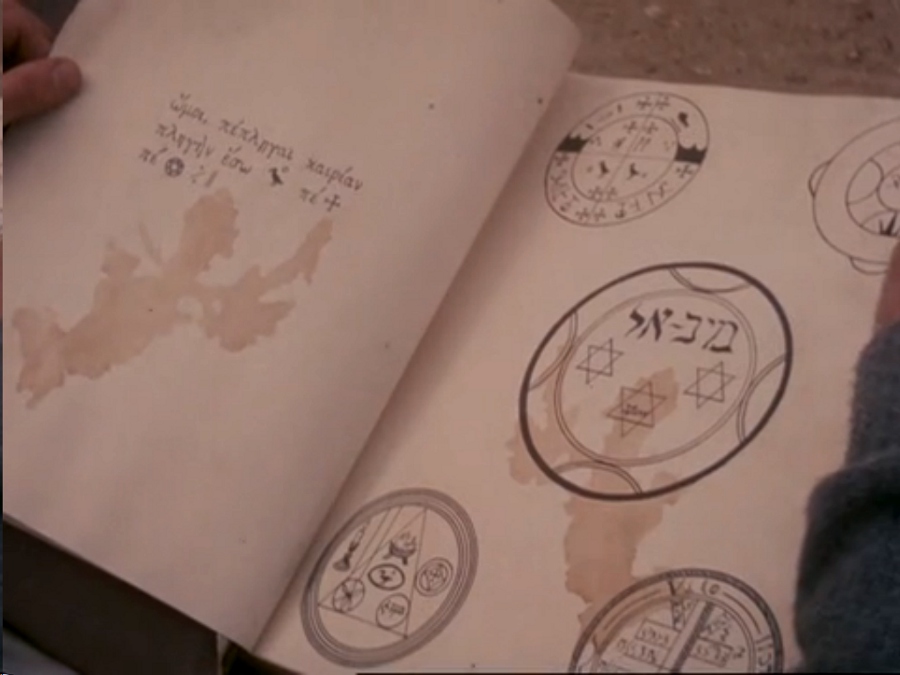

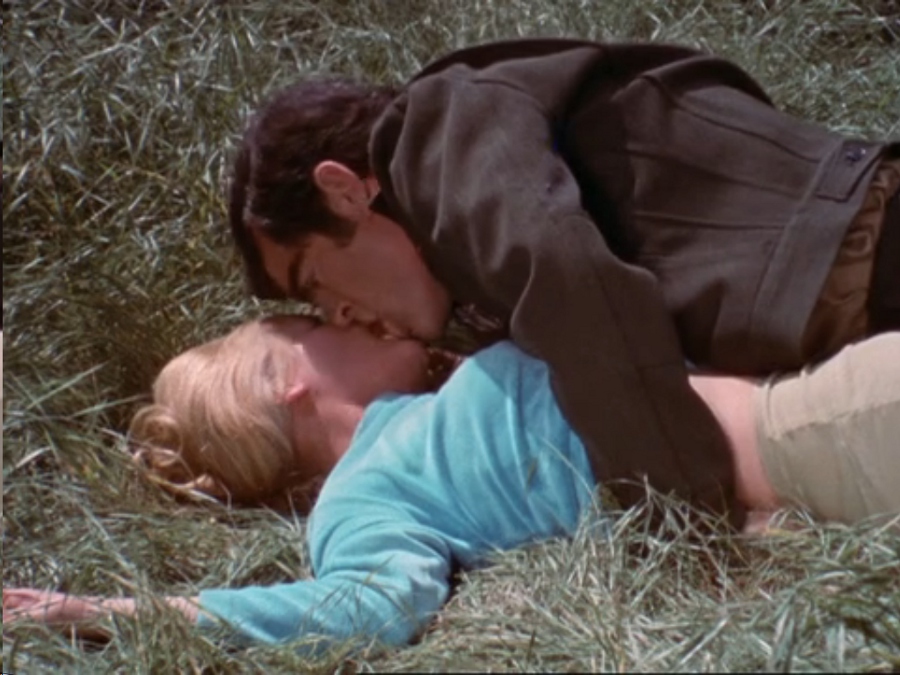
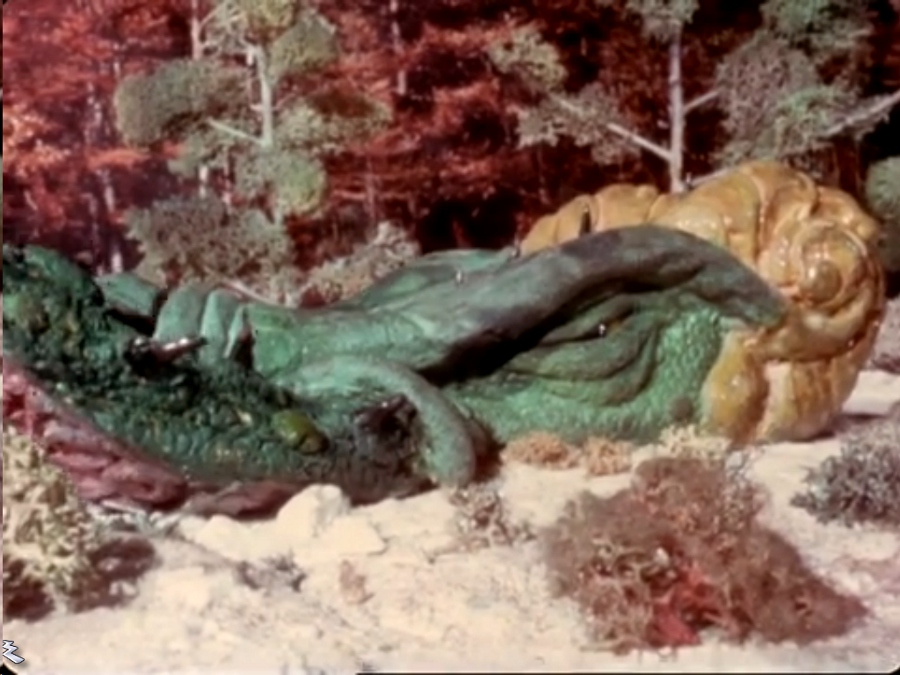
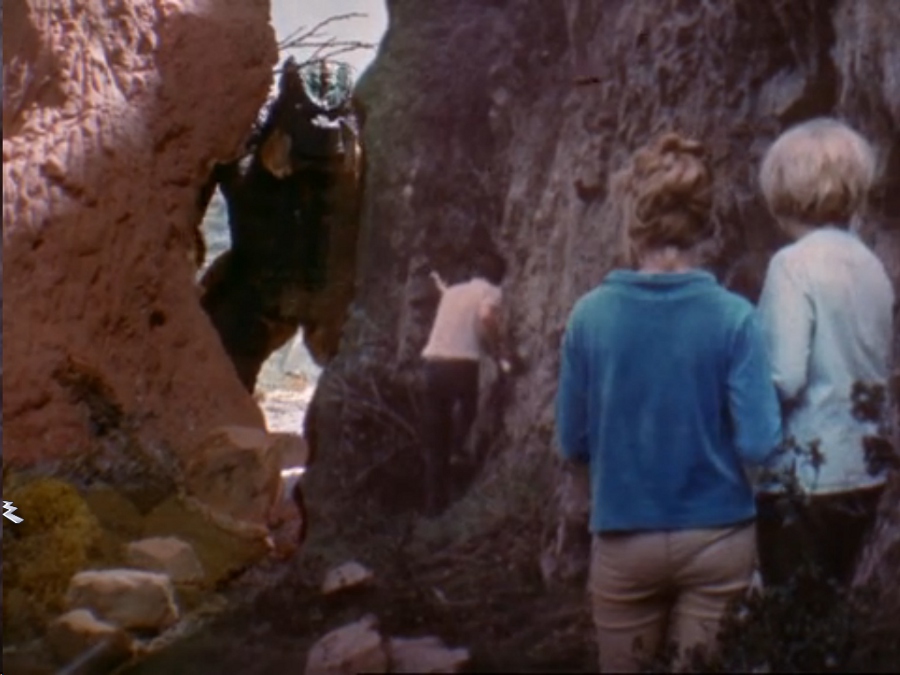

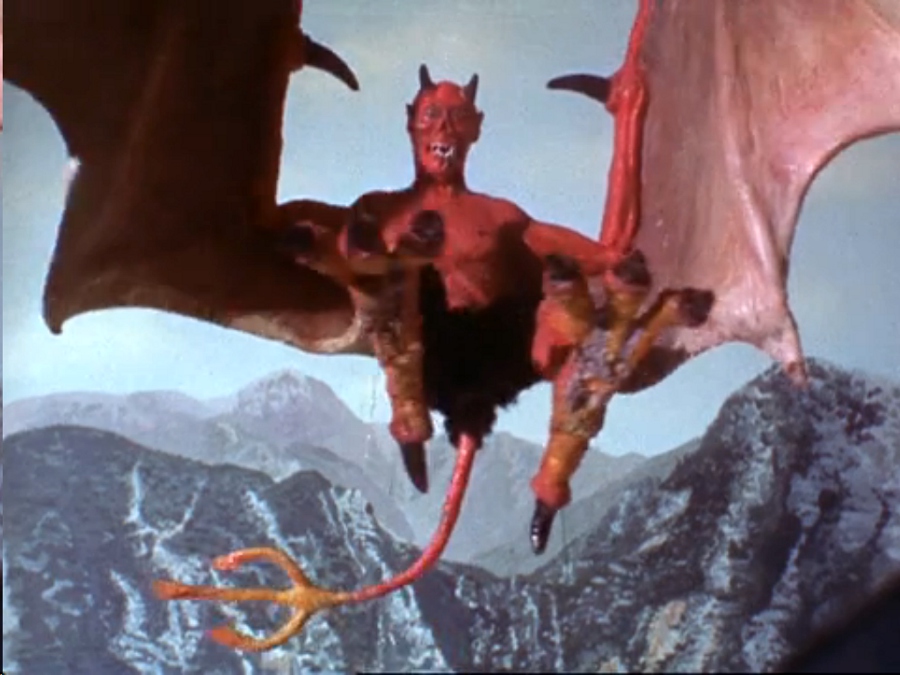

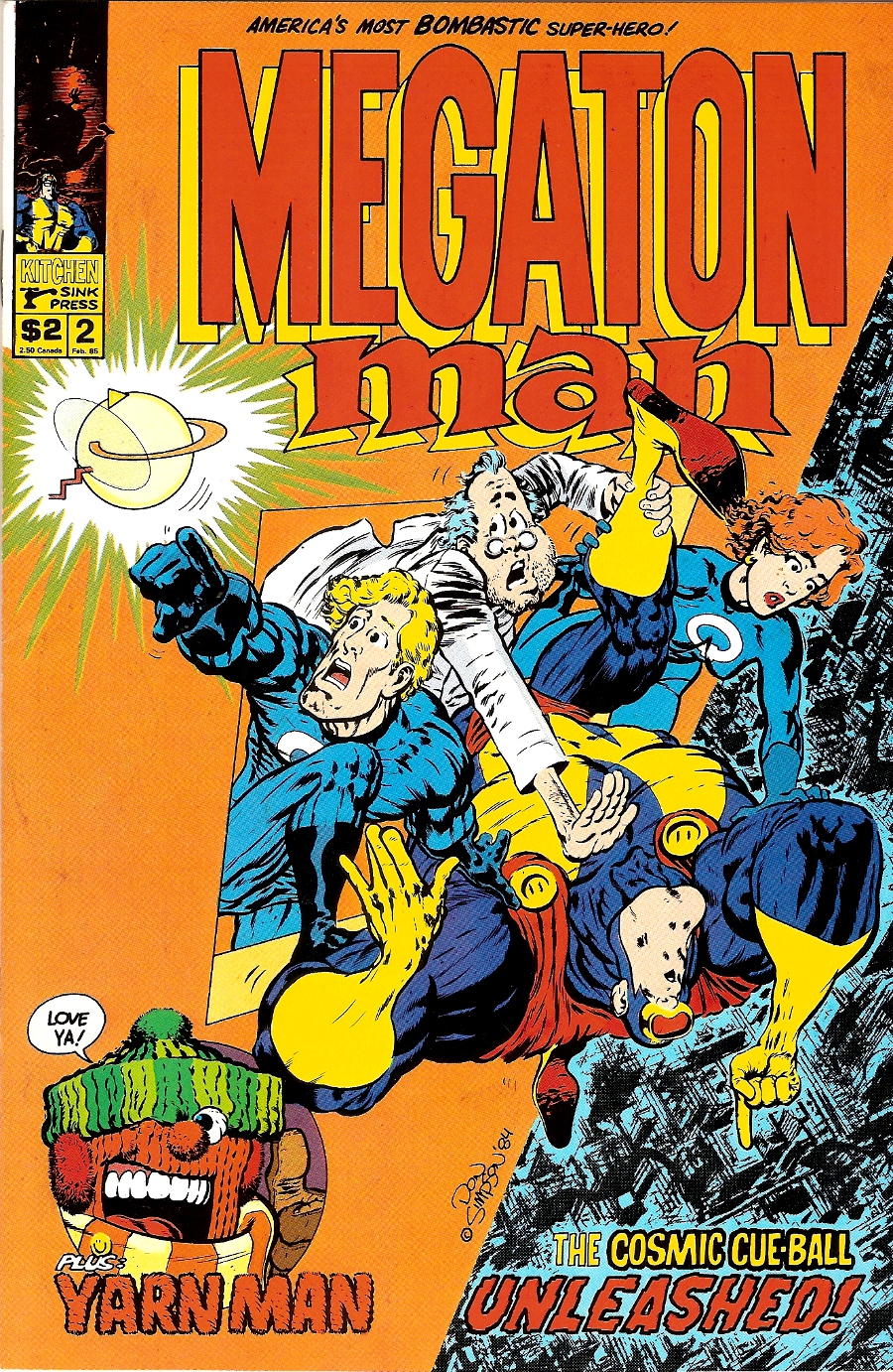
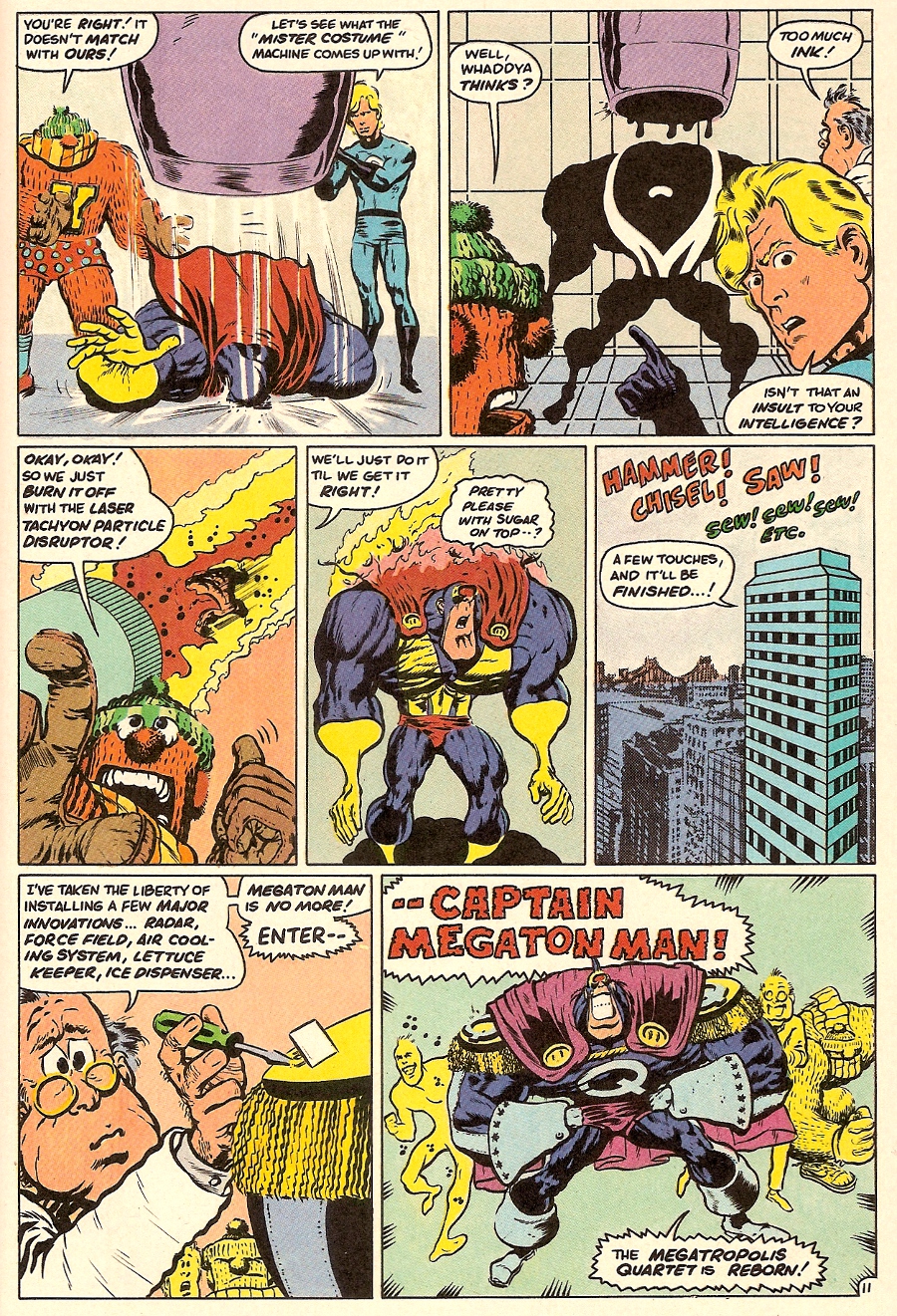
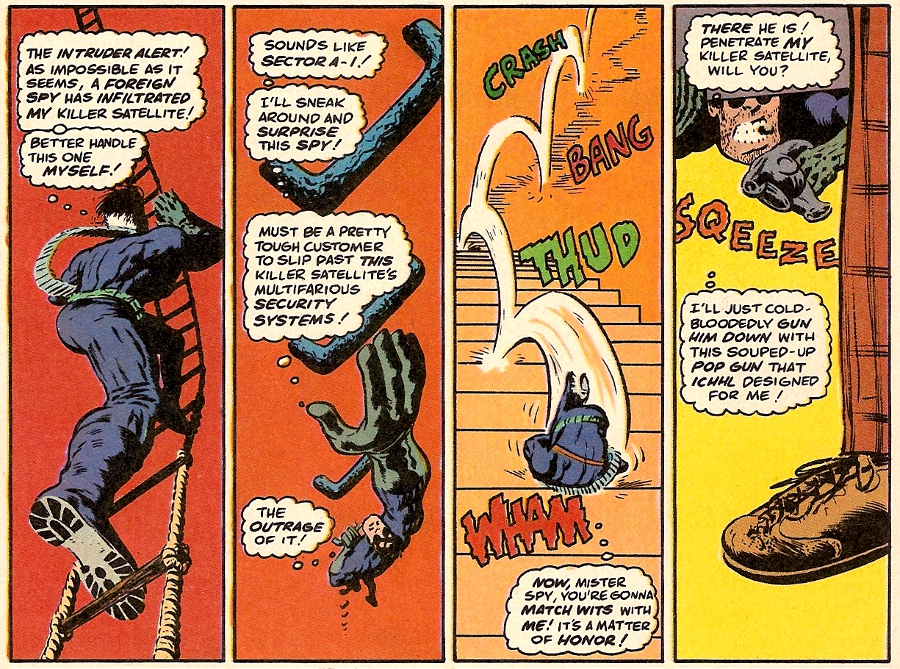
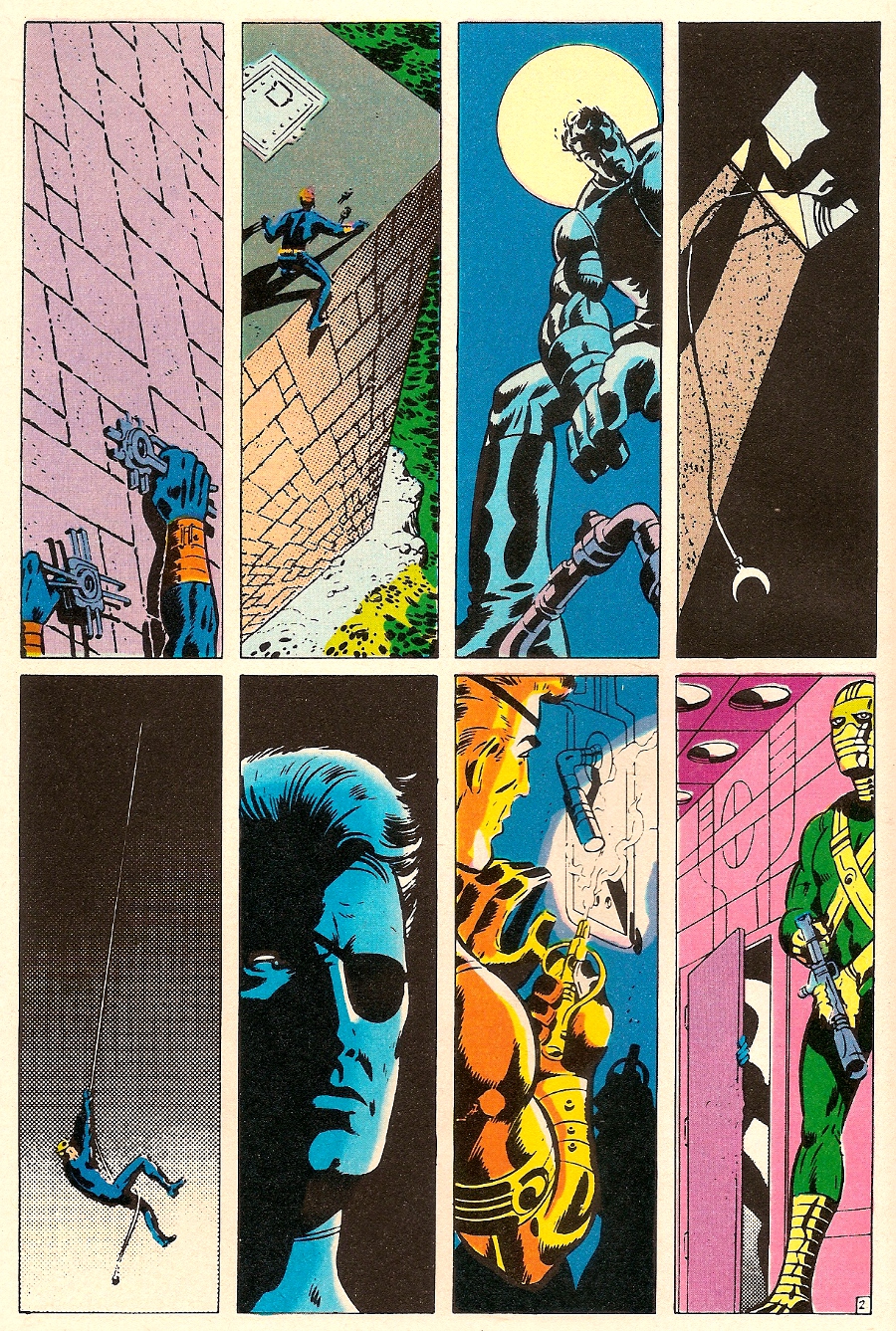
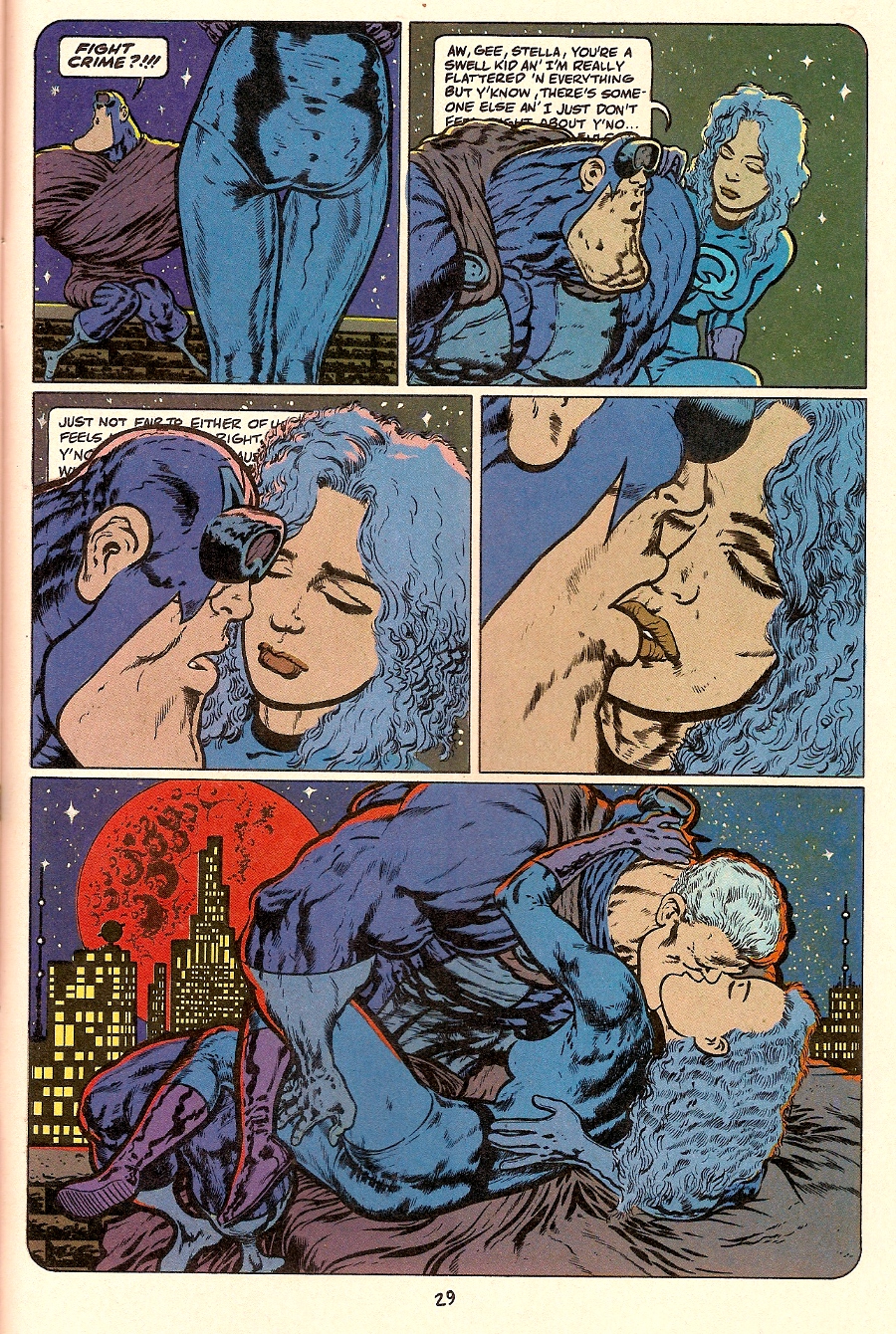
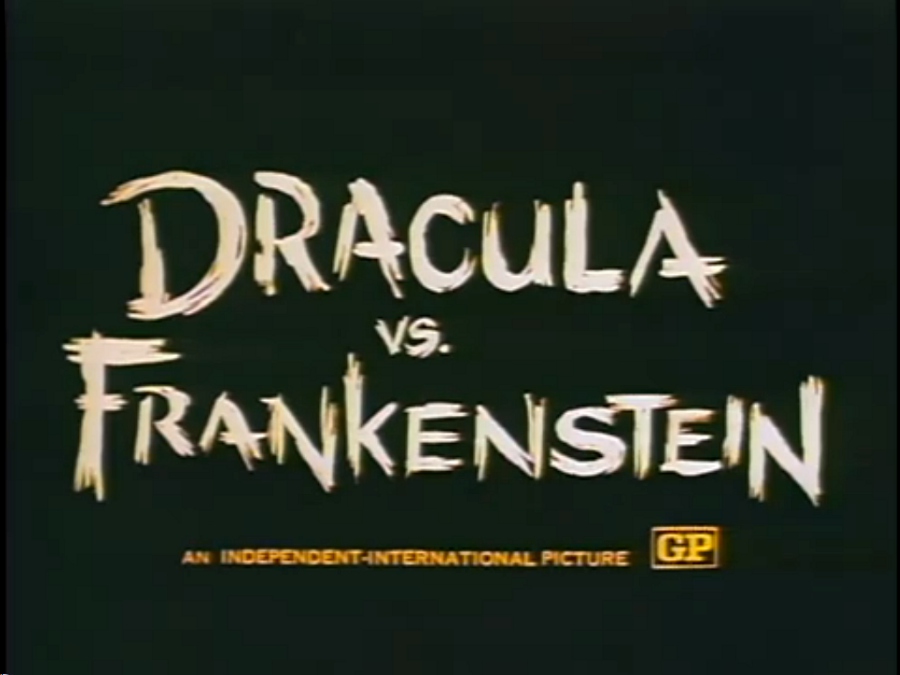
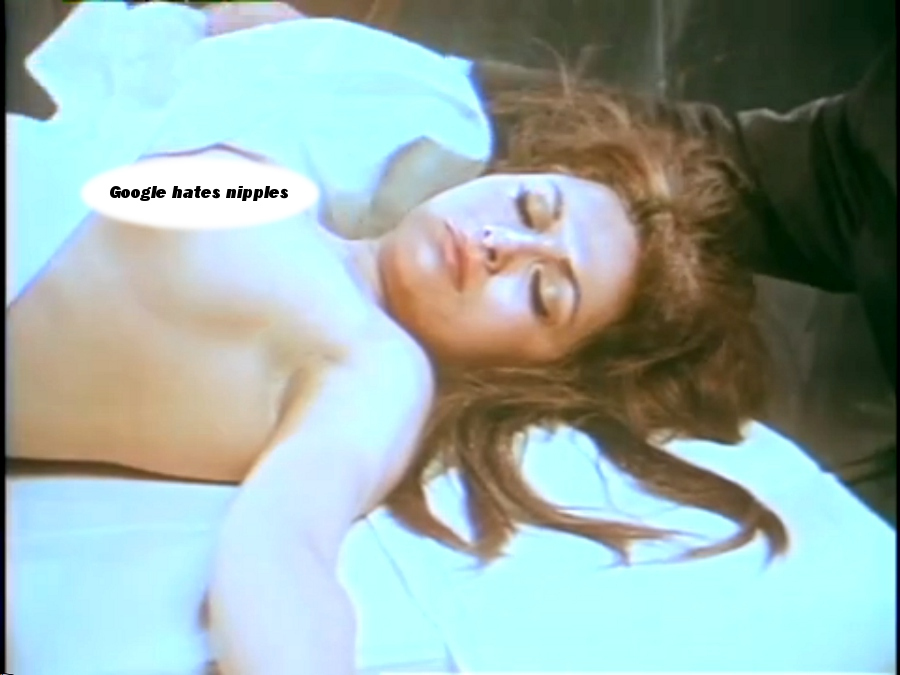
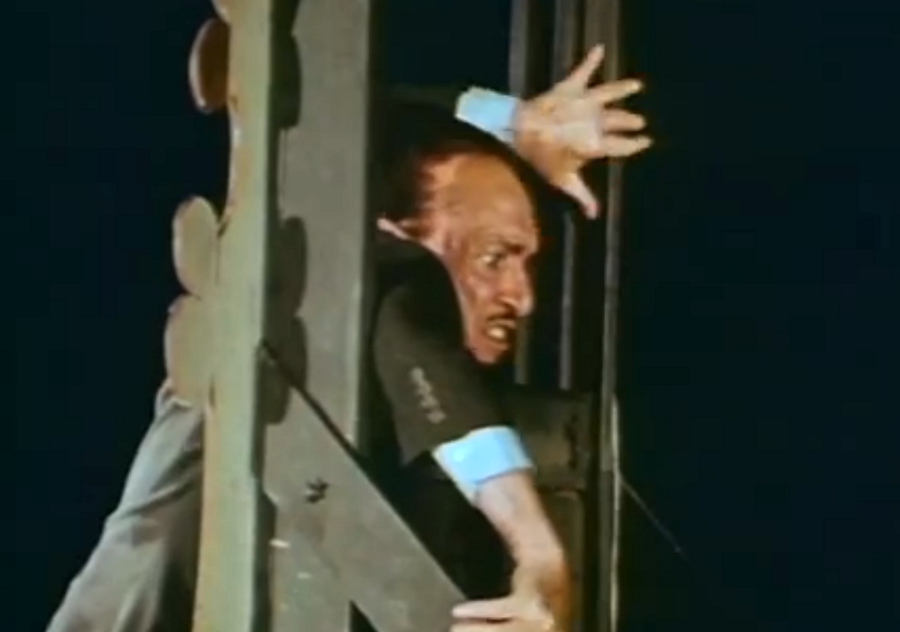
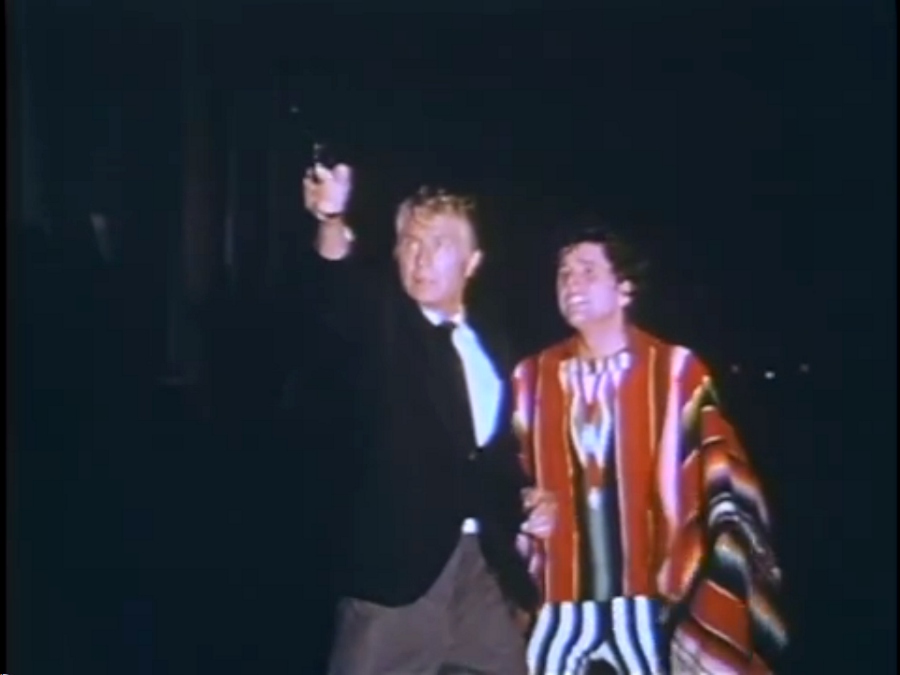
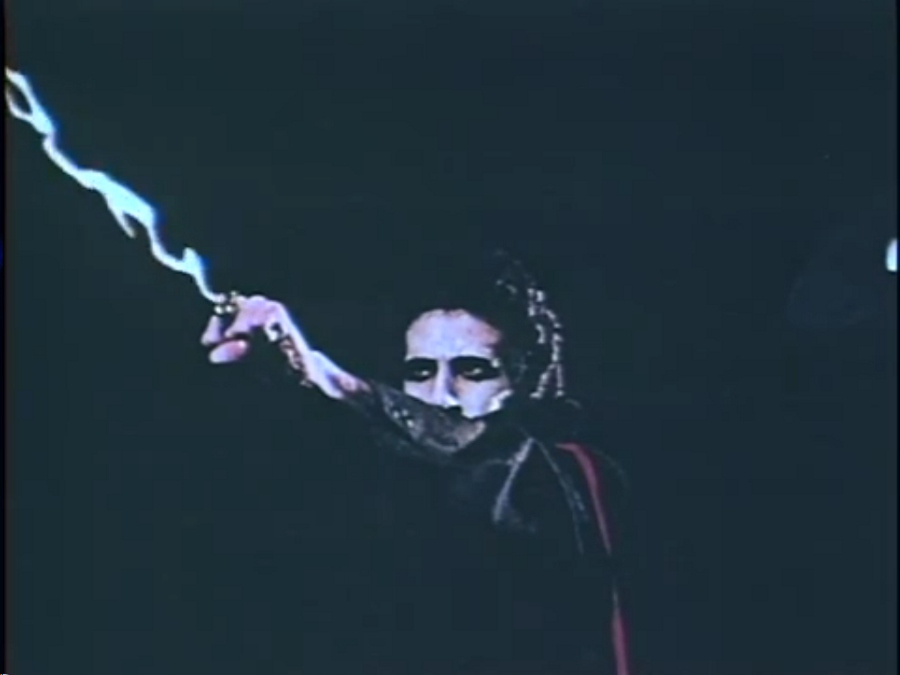
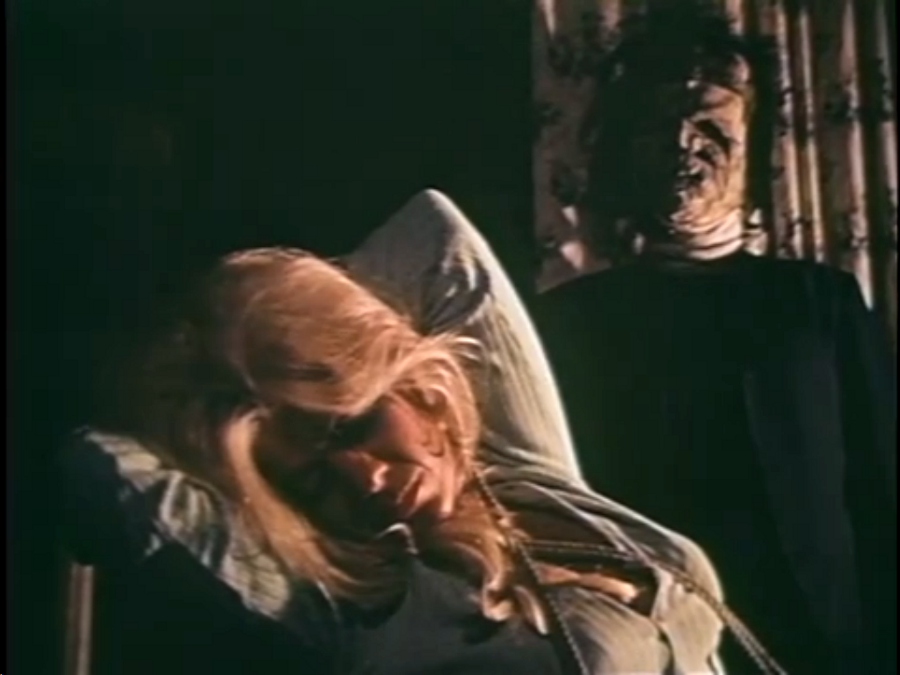
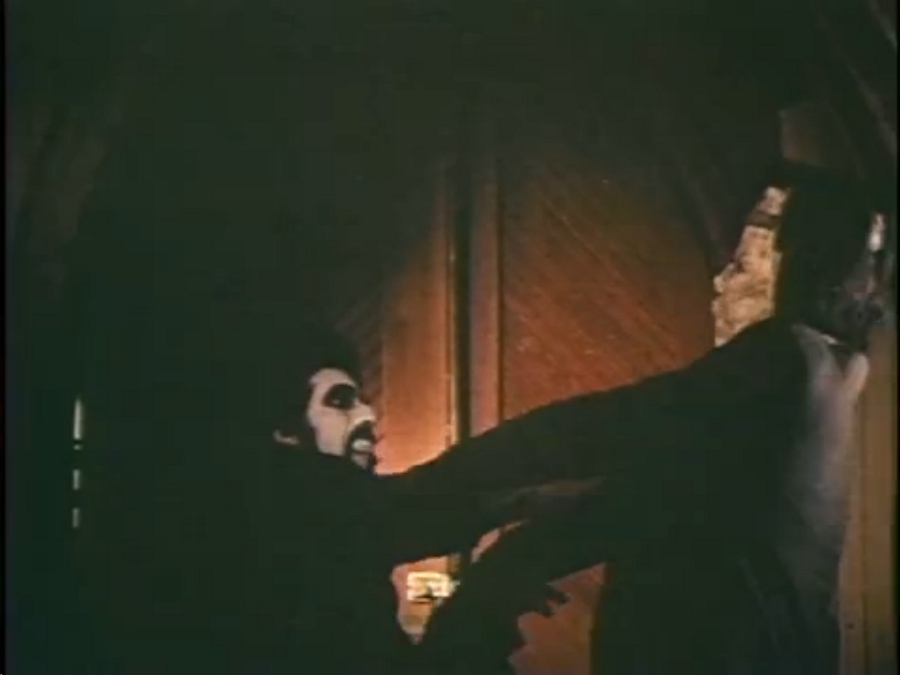
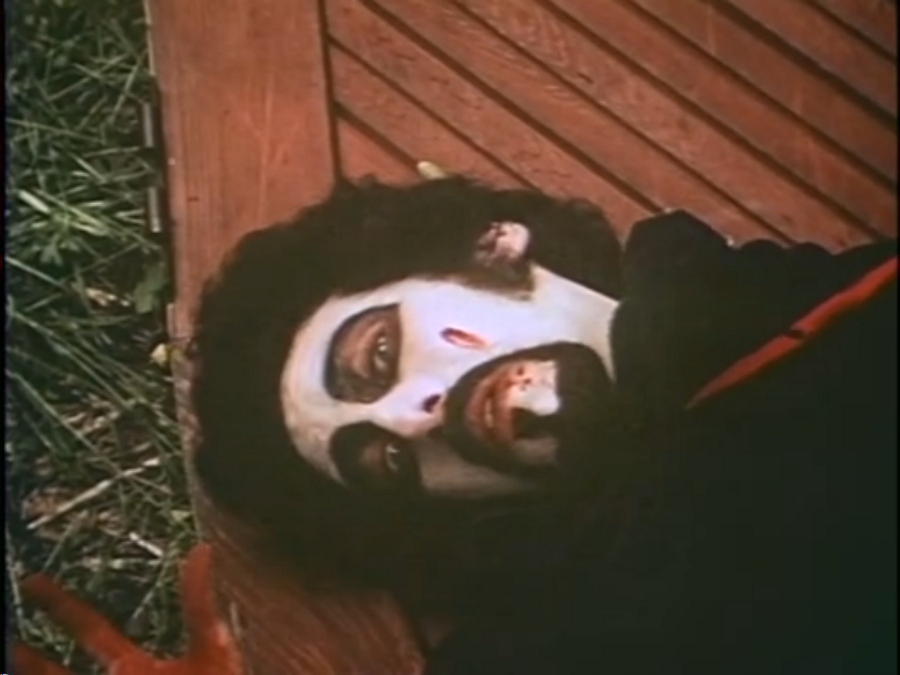
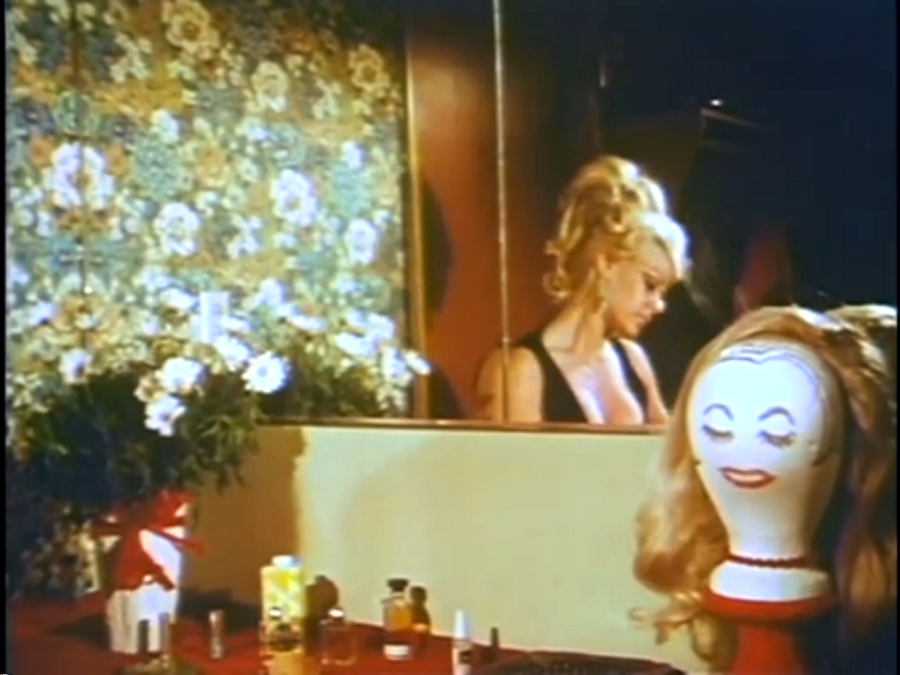
 And we’re back to my favorite year in comics, 1986, the year of Alan Moore’s Watchmen and Frank Miller’s Dark Knight. In the aftermath of the amazingly successful debut two years previously of Teenage Mutant Ninja Turtles–an independent black-and-white parody of X-Men and Frank Miller comics–the market was flooded with independent black-and-white comics, including an inordinate number of parodies of TMNT, like Adolescent Radioactive Black Belt Hamsters and Naive Interdimensional Commando Koalas. Among the parodies that did not mimic TMNT‘s four-fold title pattern was The Mighty Mites from Eternity Comics.
And we’re back to my favorite year in comics, 1986, the year of Alan Moore’s Watchmen and Frank Miller’s Dark Knight. In the aftermath of the amazingly successful debut two years previously of Teenage Mutant Ninja Turtles–an independent black-and-white parody of X-Men and Frank Miller comics–the market was flooded with independent black-and-white comics, including an inordinate number of parodies of TMNT, like Adolescent Radioactive Black Belt Hamsters and Naive Interdimensional Commando Koalas. Among the parodies that did not mimic TMNT‘s four-fold title pattern was The Mighty Mites from Eternity Comics.